
Horadandia atukorali DERANIYAGALA, 1943
Classification
Order: Cypriniformes Family: Cyprinidae
Distribution
Native to Sri Lanka and southern India where in the latter it’s restricted to Kerala and Tamil Nadu states plus the Union State of Puducherry (formerly Pondicherry). A subspecies, H. a. brittani, was described by Devi and Menon in 1992 from Pathiramanal Island, Vembanad Lake, Kerala but was brought into synonymy by Menon just a year later.
Habitat
Apparently shows a preference for sluggish and still waters such as rice paddies, swamps and weedy ponds, tending to be most common in flood plains and other lowland areas. It’s also been collected from ditches with dense growths of submerged vegetation. In Kerala species inhabiting similar environments includeCarinotetraodon imitator, Laubuca dadiburjori, Aplocheilus parvus, Pseudosphromenus dayi and P. cupanus.
Maximum Standard Length
20 – 30 mm.
Aquarium SizeTOP ↑
A group is best kept in an aquarium with base measurements upwards of measuring upwards of 45 ∗ 30cm.
Maintenance
Best kept in a densely-planted tank and is an excellent choice for the carefully-aquascaped set-up. The addition of some floating plants and driftwood roots or branches to diffuse the light entering the tank also seems to be appreciated and adds a more natural feel. Filtration should be relatively gentle.
Water Conditions
Temperature: 20 – 26 °C
pH: 5.5 – 7.5
Hardness: 36 – 215 ppm
Diet
Chiefly a micropredator feeding on small insects, worms, crustaceans and other zooplankton in nature. In the aquarium it will accept dried foods of a suitable size but should not be fed these exclusively. Daily meals of small live and frozen fare such as Daphnia, Artemia, Moina, etc., along with good quality flakes and granules will result in the best colouration and encourage the fish to come into breeding condition.
Behaviour and CompatibilityTOP ↑
This species is very peaceful but does not make an ideal community fish due to its small size and rather timid nature. It will do best when maintained alone or with other diminutive species such as Microdevario, Sundadanio, Danionella, Eirmotus, Trigonostigma, pygmy Corydoras and small Loricariids such as Otocinclus.
It also makes an ideal companion for shy anabantoids such as Sphaerichthys, Parosphromenus or the more diminutive Betta species and in a planted set-up can be housed alongside freshwater shrimp of the genera Caridina and Neocaridina.
It’s a schooling species by nature and really should be kept in a group of at least 10-12 specimens. Maintaining it in decent numbers will not only make the fish less nervous but will result in a more effective, natural-looking display. Males will also display their best colours and some interesting behaviour as they compete with one other for female attention.
Sexual Dimorphism
Mature females are noticeably rounder-bellied and usually larger than males.
Reproduction
This species hasn’t been bred often in aquaria but the few reports that do exist suggest it’s not too difficult. Like many small cyprinids this species is an egg-scattering, continuous spawner that exhibits zero parental care.

http://www.seriouslyfish.com/species/horadandia-atukorali/

Boraras naevus CONWAY & KOTTELAT, 2011
Classification
Order: Cypriniformes Family: Cyprinidae
Distribution
Known only from southern (peninsular) Thailand with the type series originating from a swamp some 83 km north of Surat Thani city, Surat Thani province. It’s been recorded at additional locations, all within the lower Tapi river drainage on the Gulf of Thailand slope of the Malay Peninsula.
In the description Conway and Kottelat (2011) report the occurence of a similar-looking, possiblyconspecific fish on the Andaman Sea side of the Peninsula, close to Trang province.
Habitat
Inhabits shallow bodies of clear water such as swamps and marshes, with other members of the genustending to prefer areas where submerged vegetation grows thickly. Many of its potential habitats have already been converted to rice paddies.
Maximum Standard Length
15 – 20 mm.
Aquarium SizeTOP ↑
Though small it still needs space to swim and dominant males will form temporary territories when spawningso a group is best kept in a tank with base dimensions of at least 40 ∗ 20 cm.
Maintenance
Best kept in a densely-planted tank and is an excellent choice for the carefully-aquascaped set-up. The addition of some floating plants and driftwood roots or branches to diffuse the light entering the tank also seems to be appreciated and adds a more natural feel.
Filtration does not need to be particularly strong as it is likely to hail from sluggish waters and may struggle if there is a fast current. Do not add this fish to a biologically immature tank as it can be susceptible to swings in water chemistry.
Water Conditions
Temperature: 24 – 28 °C
pH: Seems to prefer slightly acidic to neutral water in the range 6.0 – 7.0.
Hardness: 18 – 179 ppm
Adult female; note the smaller size of the anterior lateral marking. © Peter Macguire:

The congeneric B. urophthalmoides is often traded as B. brigittae, presumably in order to obtain a more favourable price. Though these are similar in that they’re the only two members of the genus to possess a dark lateral body stripe B. brigittae is easily identifiable by its larger adult size, lack of distinct dark blotch at the caudal peduncle, comparitively short, often broken lateral stripe and overall brighter, more uniformly red patterning. It’s sometimes seen on sale with the alternative vernacular names ‘chili rasbora’ or ‘dwarf rasbora’.
B. merah is also similar-looking but it lacks colour in much of the body with the red pigmentation tending to be concentrated around the dark body markings which do not form an unbroken stripe.
Boraras was erected in 1993 in order to separate a small group of species from the larger Rasbora assemblage on the basis of differences in morphology and reproductive strategy.
In older literature they are therefore referred to as members of Rasbora and following Liao et al. (2010) the genus is a member of the rasborin sub-group within the subfamily Danioninae (the other sub-group contains the danionins).
This group is further subdivided into six clades (clusters of closely-related species) of which Boraras (or at least B. brigittae; the only species involved in the study) is included in ‘clade three’ alongside Horadandia atukorali, Rasboroides vaterifloris, Trigonostigma heteromorpha and three species previously included in Rasbora but moved into new genera by the authors; Trigonopoma gracile, T. pauciperforatum and Rasbosoma spilocerca.
Of these it was found to form a monophyletic group with Rasboroides meaning these two derived from the same common ancestor. The results for B. brigittae and T. heteromorpha were found to be inconclusive in some respects and further work regarding their phylogenetic position was recommended.
Shortly afterwards a paper investigating systematics of the subfamily Danioninae was published by Tang et al. (2010) Their results differed from those of Liao et al. and their conclusion was to synonymise the four new genera plus Boraras and Trigonostigma with Rasbora based on an incomplete knowledge of relationships within the group, an approach they describe as ‘more conservative’. Boraras and Trigonostigma are retained separately here on SF pending future studies as this is the nomenclature most familiar to aquarists.
The small adult size in Boraras species evolved via a process known as miniaturisation, characterised by sexually mature adults with a significantly reduced size of less than 20 mm SL.
Among bony fishes cyprinids are one of the few groups in which this phenomenon occurs repeatedly with all Barboides, Danionella, Microdevario, Microrasbora, Horadandia, Boraras, Paedocypris, Sawbwa and Sundadanio species representing miniaturised taxa along with a few members of Danio, Laubuca and Rasbora. All show a preference for still or slow-moving waters, often in nutrient-poor habitats such as forest peat swamps.
The anatomical structure of miniaturised cyprinids can vary greatly, and there are two principle ‘groupings’ with some species possessing intermediate features to some degree. The first contains those fishes which though small are essentially proportionally dwarfed versions of their larger relatives, e.g., Barboides, Microdevario, Microrasbora, Horadandia, Boraras, Sawbwa, Sundadanio, Danio, Laubuca and Rasbora.
The other includes those in which anatomical development stops at a point where adult still resemble a larval form of their larger ancestor, i.e., Danionella and Paedocypris.
The latter are usually referred to as ‘developmentally truncated’ or ‘paedomorphic‘ and are thought to have evolved via a process known as ‘progenetic paedomorphosis’ i.e. paedomorphosis brought about by accelerated maturation.
They typically exhibit a simplified skeletal structure along with species-specific morphological peculiarities such as the tooth-like projections in male Danionella dracula.
Britz et al. (2009) consider that developmental truncation may have facilitated the development of such novelties ‘by freeing large parts of the skeleton from developmental constraints, dissociating developmentally linked pathways and creating a greater potential for more dramatic changes’.
Boraras species from the Malay Archipelago (B. brigittae, B. maculatus and B. merah) tend to have a slimmer, more elongate body profile than those from Indochina (B. micros, B. urophthalmoides, B. naevus) which may assist when attempting to identify them.
NB: Boraras was synonymised with Rasbora by Tang et al. (2010) and members are referred to that genus by some recent authors. This system will undoubtedly change again in the future so we’ve retained Boraras pending confirmation of its validity.
Boraras urophthalmoides (KOTTELAT, 1991)
Classification
Order: Cypriniformes Family: Cyprinidae

Distribution
Described from a freshwater swamp associated with the Sai Buri River in Pattani province, southern (peninsular) Thailand but currently considered to range throughout much of southern and central parts of the country, with the province of Narathiwat on the border with Peninsular Malaysia appearing to represent the southern limit of its range.

Additional records are not extensive but it seemingly occurs throughout the Mae Klong and Chao Phrayariver basins and has been recorded in both Vietnam and Cambodia where one notable population inhabits the moats and ponds of the Angkor Wat temple complex near Siem Reap.
http://www.seriouslyfish.com/species/boraras-urophthalmoides/

Habitat
Inhabits shallow bodies of water such as swamps, marshes, floodplains and rice paddies where it’s typically associated with submerged vegetation in predominantly clear water. It’s also known to move into temporarily inundated areas during the wet season.
Maximum Standard Length
12 – 16 mm.


Red cherry shrimp respond to the colour of their background and substrate. If they are kept in a tank with light-coloured substrate, they will become paler, or even transparent. On a darker substrate, they take on their full red colouration. Colour intensity also depends on the types of food available (live foods and those high in protein and fats are more beneficial than flake foods), water pH, and temperature.

Periodically a shrimp will shed its exoskeleton, leaving an empty white ghost of itself caught in the plants or drifting around the tank. This should be left in the tank, as the shrimp will eat it to recover the valuable minerals it contains.

http://en.wikipedia.org/wiki/Cherry_shrimp
Female pregnant cherry shrimps tend to hide in the dark. If they feel endangered by predators, they will abandon their eggs. They need an environment with wood or plants such as Java moss in which to hide themselves and their babies. When they are carrying the eggs under their bodies, they can be witnessed circulating water over the eggs with their pleopods (swimming legs) to ensure good health.

Sexing
Sexing the Red Cherry Shrimp is very easy. Females are easy to identify as they are larger than the males, have a much darker red coloration, and also have a curved underbelly. In the photo below you can see how the male is smaller, has very little red coloration and the “under belly” is a straight line with no curved shape. After keeping the Red Cherry Shrimp for a little amount of time you will be able to sex this species without a problem.
The male is smaller and less colorful than the female. The male’s tail, not being needed to carry eggs, is thinner. The female is larger and displays a much darker and more extensive red color, and often has a “saddle” marking of developing eggs.

Breeding

Breeding red cherry shrimp is as easy as putting an adult male and female together in an aquarium. You can observe the eggs developing in the female’s ovaries as a green or yellow triangular “saddle” marking on her back. When she is ready to lay the eggs, which occurs after moulting, she releases pheromones into the water to signal her availability to males. The male shrimp in the tank will often become agitated, swimming very actively about as they search for the source of the pheromones. After a brief mating process, the female lays her eggs and affixes them to her swimmerettes.

They have 20–30 eggs, which take 2–3 weeks to hatch. The eggs are green or yellow, depending on the colour of the saddle. They turn darker and darker until the young shrimp hatch after about three weeks. As the eggs near the end stages of growth, tiny dark eye spots of the developing shrimplets within can be observed. When the young hatch, they are tiny (~1 mm) copies of the adults. They have no planktonic larval stage. They spend their first few days of life hiding among plants, where they are almost invisible, nibbling on the biofilm on the plants. They then emerge and graze on algae on tank surfaces and ornaments.
They have no planktonic larval stage. They spend their first few days of life hiding among plants, where they are almost invisible, nibbling on the biofilm on the plants. They then emerge and graze on algae on tank surfaces and ornaments.

http://www.fishlore.com/aquariummagazine/sept09/red-cherry-shrimp.htm
These shrimps are ery easy to breed. The females will start to turn very red and you will see yellow eggs being held in their swimlets.
The females can store sperm like guppys and mollys. The female will keep the eggs and then after a while they will release the baby shrimp.
For best breeding results keep shrimp without other fish.
Female with green eggs

Tank size: 1 gallon or more.
Supplements: Calcium, Iodine (helps with molting)
http://www.liveaquaria.com/product/prod_display.cfm?c=1075+2725&pcatid=2725
Female with yellow Saddle

Female with green Saddle


Keep in mind that new arrivals demonstrate varying degrees of “redness.” They are often clear in appearance until they have properly acclimated and adjusted to their new environment.
Scientific Name: Neocaridina denticulate sinenis “red”
Common Name: Red cherry shrimp/cherry shrimp, RCS

http://www.planetinverts.com/Red%20Cherry%20Shrimp.html :
Once acquiring experience in the hobby through keeping the Red Cherry Shrimp most hobbyists move on to the more difficult species like Tiger Shrimp and Crystal Red Shrimp.
The Red Cherry Shrimp is a selectively bred species, meaning that the red coloration was slowly bred out from the wild variety. A breeder, who is unknown, slowly bred the red trait out of the wild Neocaridina Heteropoda to achieve the all red coloration. Many thanks to whomever it is that completed the tedious task of selectively breeding this species. For more information on the wild type please visit the species information page for the Neocaridina Heteropoda. In the photo below notice the tiny amount of red coloration in the wild type. You can barely see the red speckles. Also notice the green saddle.

In other words, the Red Cherry Shrimp is the hardiest shrimp in the freshwater aquarium shrimp hobby.

The Yellow Shrimp is one of the only yellowed colored shrimp in the hobby. It is a selectively bred from the same wild type as the Red Cherry Shrimp to obtain its yellow coloration. It is favored by many hobbyists due to its unique color, hardiness and breeding rate. http://www.planetinverts.com/Yellow%20Shrimp.html The origin of the Yellow Shrimp lies in Japan and is a color morph of the wild Neocaridina Heteropoda species. The date of their creation seems to be around 2006 or a few years earlier. To my knowledge the Yellow Shrimp were first introduced to other countries in 2006. The exact breeder who created this color morph is unknown. The Yellow Shrimp is now widespread throughout the hobby as it is extremely prolific.
Feeding time is a good indicator of health and also if your Red Cherry Shrimp are breeding well. If a Red Cherry Shrimp colony is healthy then it will rush towards the food and jump all over each other in an attempt to grab a bite to eat, almost like ants. If they swarm the food that is a great sign, and of course if you see babies that is a sign that things are doing very well. Unenthusiastic feeding and constant hiding of the Red Cherry Shrimp is a good indicator that things are not good.
 Feeding is best done once a day. Only feed an amount of food that the shrimp can finish within 2-3 hours maximum. It is not good to feed in excess and have food sitting for too long. Overfeeding is a known cause of death and can also cause water quality issues. Remember that shrimp are scavengers in the wild. They will eat whatever they find and are not used to a constant food source 24/7. Not feeding for one or two days is fine and will not harm this species at all. Sometimes I will not feed for a couple of days in order to let the shrimp cleanse their systems and keep the water clean at the same time.
Feeding is best done once a day. Only feed an amount of food that the shrimp can finish within 2-3 hours maximum. It is not good to feed in excess and have food sitting for too long. Overfeeding is a known cause of death and can also cause water quality issues. Remember that shrimp are scavengers in the wild. They will eat whatever they find and are not used to a constant food source 24/7. Not feeding for one or two days is fine and will not harm this species at all. Sometimes I will not feed for a couple of days in order to let the shrimp cleanse their systems and keep the water clean at the same time.
Tank mates
In their natural environment, cherry shrimp are primarily prey animals. When kept in an aquarium, they are easily targeted by fish as potential food. Even fish too small to eat them may harass them and stress them to death, sometimes biting off limbs.  For best results, breeding should take place in isolation. Small, non-aggressive fish such as the harlequin rasbora, neon tetra, cardinal tetra,dwarf corydoras, otocinclus catfish, dwarf gouramis, and some species of killifish can be kept with adult cherry shrimp. However baby shrimp are likely to be eaten by any fish other than the otocinclus
For best results, breeding should take place in isolation. Small, non-aggressive fish such as the harlequin rasbora, neon tetra, cardinal tetra,dwarf corydoras, otocinclus catfish, dwarf gouramis, and some species of killifish can be kept with adult cherry shrimp. However baby shrimp are likely to be eaten by any fish other than the otocinclus  and some other herbivorous fish. Most cichlids, including angel fish, will harass and readily eat adults as well. With enough cover and hiding places (live plants such as Java moss work well), one can have a colony of cherry shrimp survive in a tank with larger fish preying on them.
and some other herbivorous fish. Most cichlids, including angel fish, will harass and readily eat adults as well. With enough cover and hiding places (live plants such as Java moss work well), one can have a colony of cherry shrimp survive in a tank with larger fish preying on them.

Availability
The cherry shrimp has become widely available in North America, Europe, Asia, and Australia. These shrimp can be purchased from online fish stores, at aquarium stores, and from private breeders — especially through local aquarium societies. There are also many similar Neocaridina species of different color and markings that require the same conditions, these include fire reds, snowballs, blue pearls, rili shrimp, yellow shrimp, and wild types.
Breeding different variations is advised against as most young from such pairings revert to wild coloration.
Will These Shrimp Interbreed?
by Ryan Wood
This is one of the most common questions asked in the shrimp hobby. There is a such thing as a “hybrid” shrimp, which is basically a mut version of a shrimp that has been bred by two different species. Creating a hybrid shrimp may sound cool, but in reality it is nothing more than an ugly shrimp.
A simple rule is that you cannot put any shrimp of the same genus together. Genus meaning the first word of the scientific name of the shrimp. Neocaridina heteropoda sp. “red” is the scientific name for the Red Cherry Shrimp. Red Cherry Shrimp is the common name. Scientific names are vital due to the fact that there can be many common names for the same shrimp, like Cherry Red Shrimp, Red Cherry Shrimp, Fire Red Shrimp, Cherry Shrimp, etc. For example: Neocaridina heteropoda is the scientific name for a wild type shrimp. Neocaridina is the genus, and heteropoda is the species. That is how you identify the genus, and then you can know what you cannot put together. You cannot house a Neocaridina with another Neocaridina. You also cannot house a Caridina with another Caridina. You can however house a Caridina with a Neocaridina.
Shrimp do not breed like other organisms where you can cross two species and combine the best characteristics. You cannot take a Snowball Shrimp and cross it with a Red Cherry Shrimp to create a “Pink Shrimp.” Unfortunately selective breeding is the only way to create a colorful strain. Selective breeding is where you take the color traits of a wild shrimp and breed out the specific color you wish to have. One day I will write an article on selective breeding once I have successfully created a new color strain.
So, to answer this question I have come up with a simple solution: The Shrimp Compatibility Chart.
Complete Shrimp Interbreeding Chart PDF Here

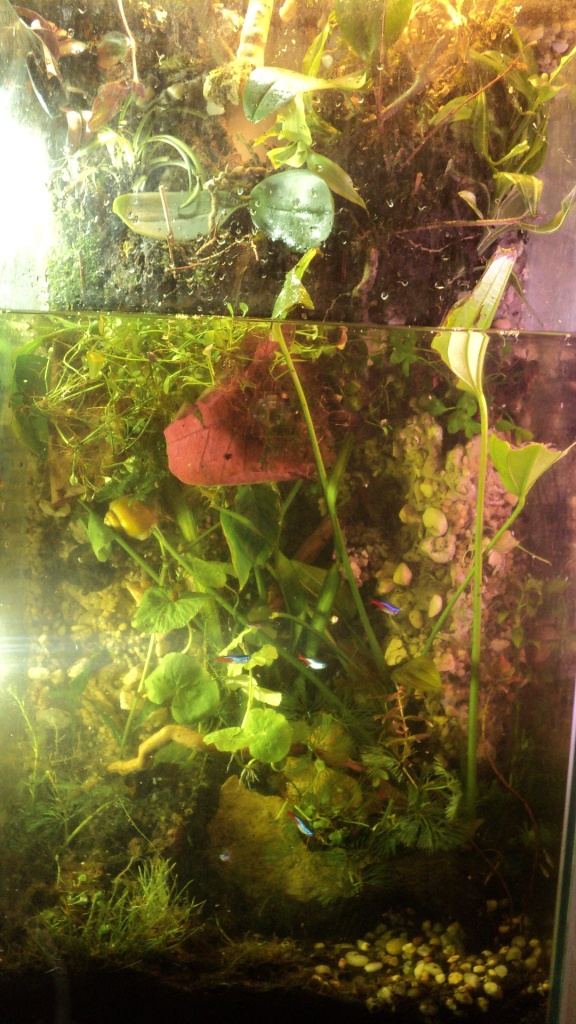 J’en suis à deux poissons “disparus” derrière le décor peut-être (un néon et un brigittae)
J’en suis à deux poissons “disparus” derrière le décor peut-être (un néon et un brigittae) 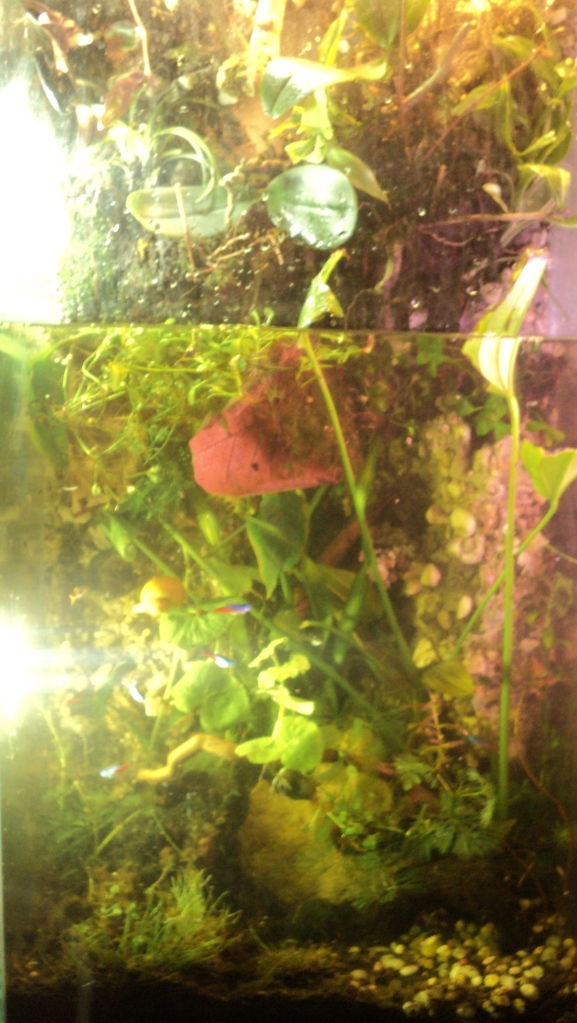 et ce matin, après avoir remarqué qu’une red cherry était bien “grise” je la retrouve morte un planaire voir plus dedans.
et ce matin, après avoir remarqué qu’une red cherry était bien “grise” je la retrouve morte un planaire voir plus dedans.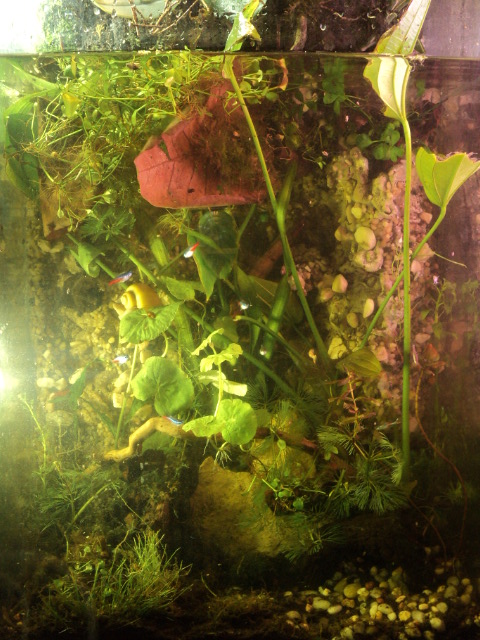 D’ici à en conclure que mes “vers” (planaires et vampires — les sang-sue-) que je n’arrive pas à supprimer en sont la cause… mais non et puis que faire… une sorte d’équilibre semble s’être installé dans le riparium, et deux ou trois nouvelles crevettes transparentes comme le mâle red cherry sauvage et un peu rouge comme leur maman de un bon centimtre me force à penser, puisque je ne les ai même pas vu venir, que rien ne sert de trop intervenir dans cette équilibre qui s’instaure…
D’ici à en conclure que mes “vers” (planaires et vampires — les sang-sue-) que je n’arrive pas à supprimer en sont la cause… mais non et puis que faire… une sorte d’équilibre semble s’être installé dans le riparium, et deux ou trois nouvelles crevettes transparentes comme le mâle red cherry sauvage et un peu rouge comme leur maman de un bon centimtre me force à penser, puisque je ne les ai même pas vu venir, que rien ne sert de trop intervenir dans cette équilibre qui s’instaure…  Chaque heure à observer et à croire à des solutions ou des interventions sont inutiles si au départ l’équilibre est trouvé.
Chaque heure à observer et à croire à des solutions ou des interventions sont inutiles si au départ l’équilibre est trouvé.  Les 4 corys par exemple sont toujours là même si une femelle a toujours cette rougeur sur le flanc (vers ou blessure?), les naissances impromptues des crevettes, autre exemple me forcent à croire qu’il ne faut rien faire, même plutôt copier la non-intervention des vacances, lorsque Andy venait tous les 2 jours donner quelques “pinceaux” de vers de bananes microscopiques.
Les 4 corys par exemple sont toujours là même si une femelle a toujours cette rougeur sur le flanc (vers ou blessure?), les naissances impromptues des crevettes, autre exemple me forcent à croire qu’il ne faut rien faire, même plutôt copier la non-intervention des vacances, lorsque Andy venait tous les 2 jours donner quelques “pinceaux” de vers de bananes microscopiques. 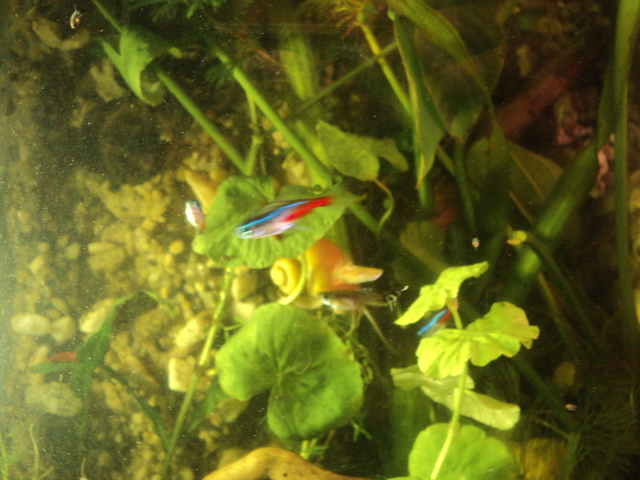 Ce qui a beaucoup changé dans cet intervalle des vacances? mes brigittae que j’avais essayé de faire sortir déséspérément par tous les moyens de leur cachette sont là dans tout l’aquarium cherchant ça et là leur nourriture microscopique, surtout au fond, alors qu’ils n’étaient qu’en surface ou cachés….
Ce qui a beaucoup changé dans cet intervalle des vacances? mes brigittae que j’avais essayé de faire sortir déséspérément par tous les moyens de leur cachette sont là dans tout l’aquarium cherchant ça et là leur nourriture microscopique, surtout au fond, alors qu’ils n’étaient qu’en surface ou cachés….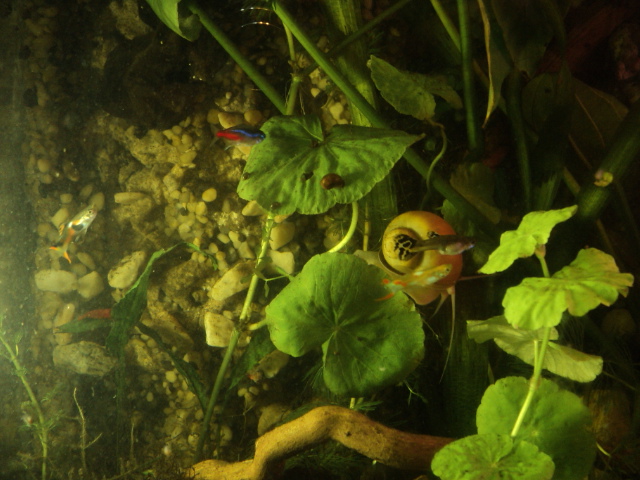 J’ai cherché pendant longtemps comment arriver à ce résultat et seule la non-intervention y est parvenue avec de longues plages d’obscurité car ces petits poissons n’aiment pas la lumière trop présente.
J’ai cherché pendant longtemps comment arriver à ce résultat et seule la non-intervention y est parvenue avec de longues plages d’obscurité car ces petits poissons n’aiment pas la lumière trop présente.  Les néons sont devenus les géants de ce monde tutti microscopique.
Les néons sont devenus les géants de ce monde tutti microscopique.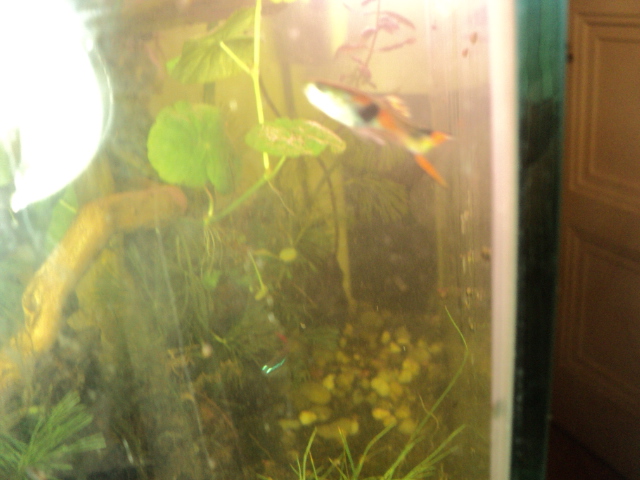 J’ai ramené quelques plantes et nouvel instectes qui ont tenu le voyage de 7 heures du ruisseau au riparium. et dehors dans la cour, une petite bassine bleue avec un petit monde discret de tubifex, daphnies, escargots et autres micro world s’est aussi installé.
J’ai ramené quelques plantes et nouvel instectes qui ont tenu le voyage de 7 heures du ruisseau au riparium. et dehors dans la cour, une petite bassine bleue avec un petit monde discret de tubifex, daphnies, escargots et autres micro world s’est aussi installé. 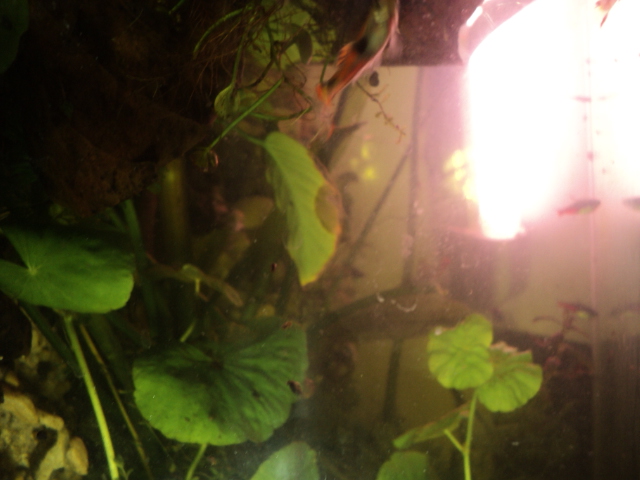 C’est pourquoi aussi je ne pense pas qu’on peut appeler vermine comme beaucoup d’aquariophiles le disent cette faune là et Amano ne fait voir que la beauté d’un monde microscopique à peine visible, derrière le décor, la “vermine” travaille à l’équilibre de ce monde d’une beauté unanime.
C’est pourquoi aussi je ne pense pas qu’on peut appeler vermine comme beaucoup d’aquariophiles le disent cette faune là et Amano ne fait voir que la beauté d’un monde microscopique à peine visible, derrière le décor, la “vermine” travaille à l’équilibre de ce monde d’une beauté unanime. 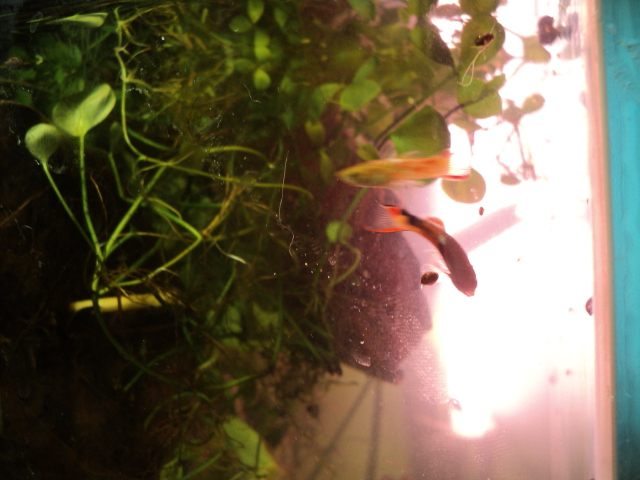 Par exemple, je ne sais trop comment ma larve de demoiselle est de retour plus verte et extraordinaire que jamais et je l’ai vu chasser les petits escargots qui pullulent trop donc je lui dois ne fière chandelle et prend le risque (pour mes bébés crevette) de la laisser chasser dans ses mouvements lents de Diane.
Par exemple, je ne sais trop comment ma larve de demoiselle est de retour plus verte et extraordinaire que jamais et je l’ai vu chasser les petits escargots qui pullulent trop donc je lui dois ne fière chandelle et prend le risque (pour mes bébés crevette) de la laisser chasser dans ses mouvements lents de Diane. 
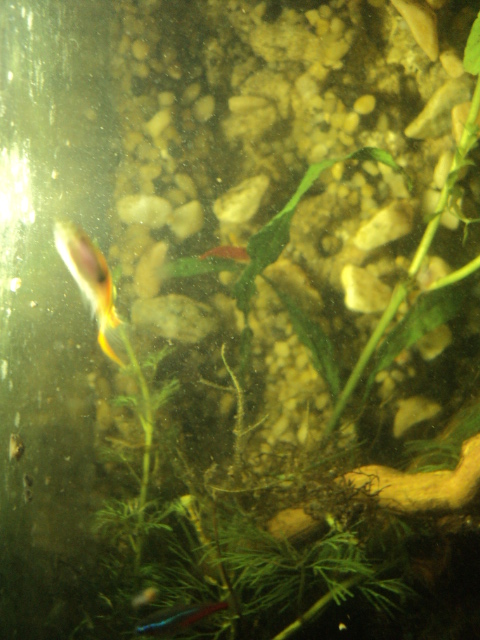

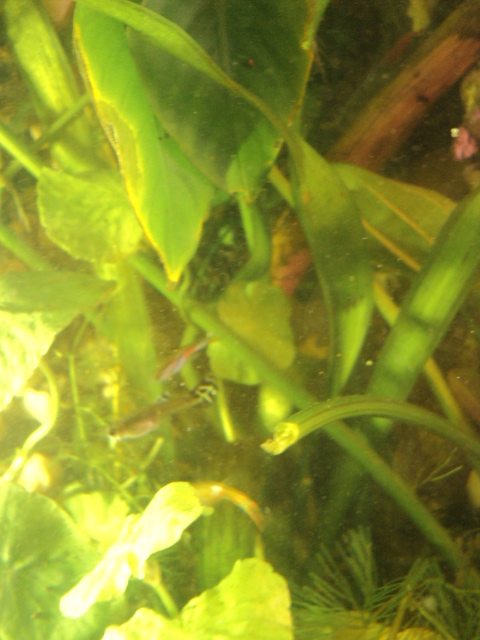
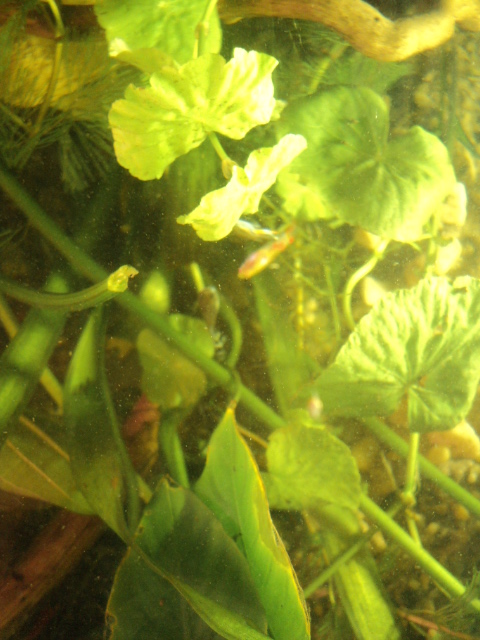

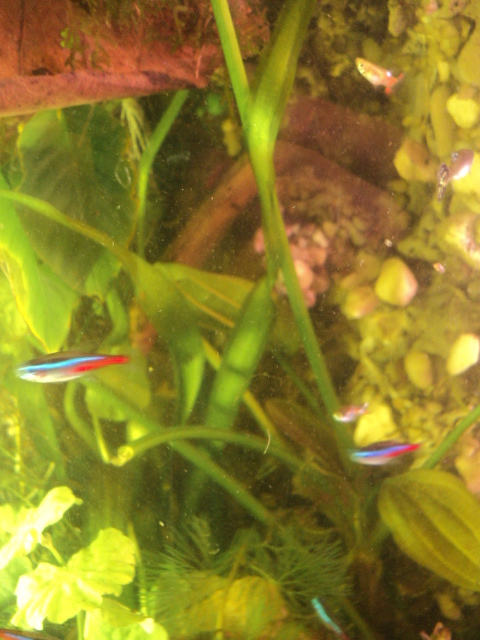
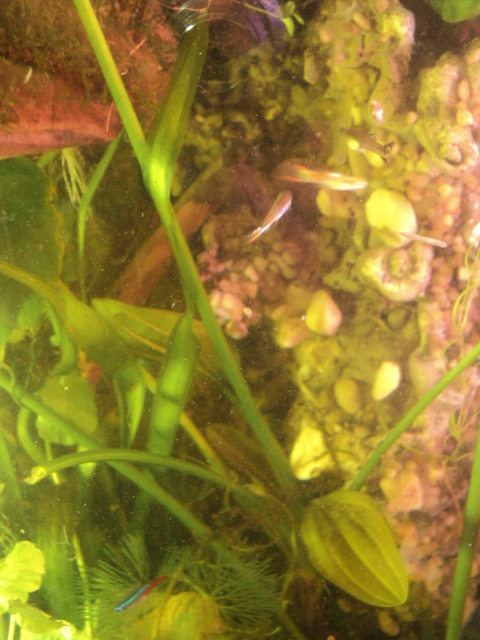
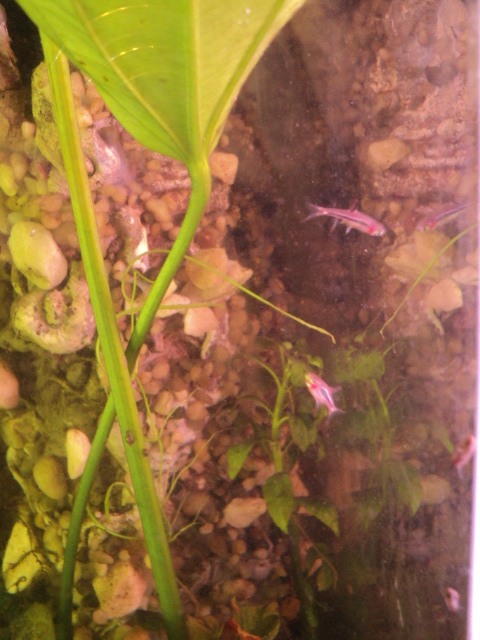
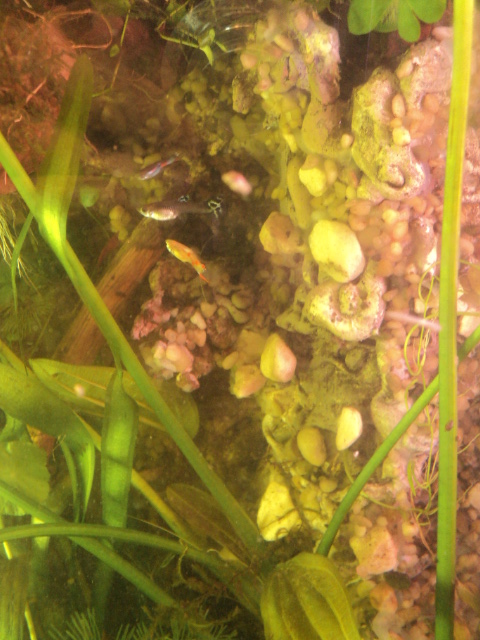
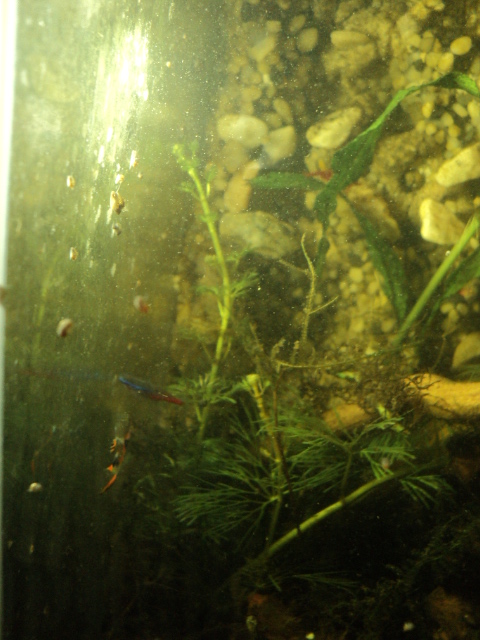
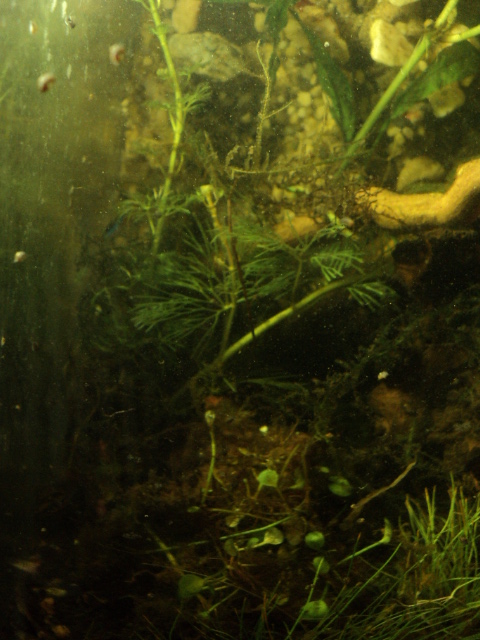
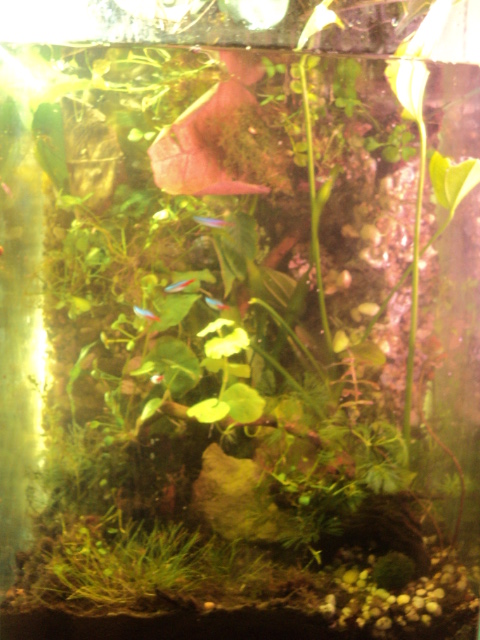
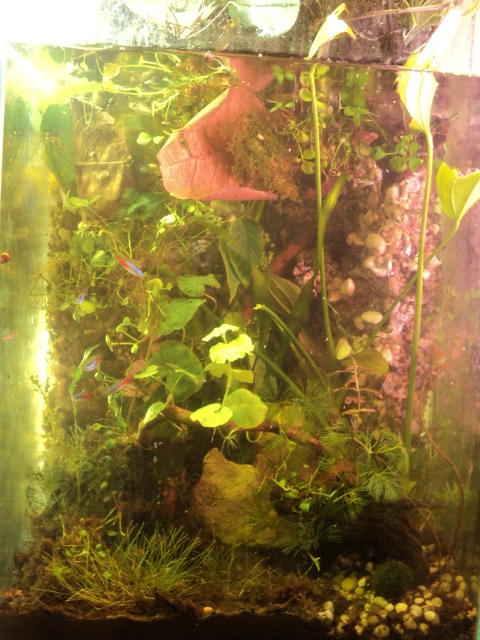
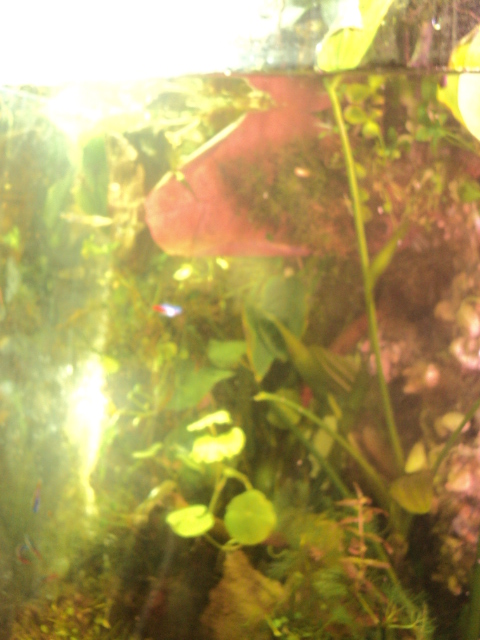
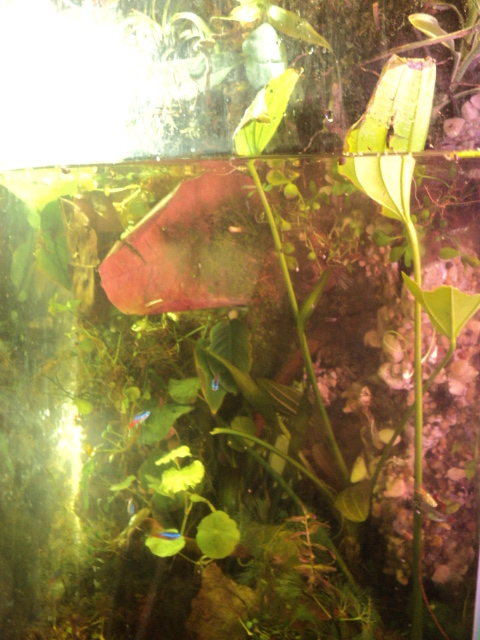
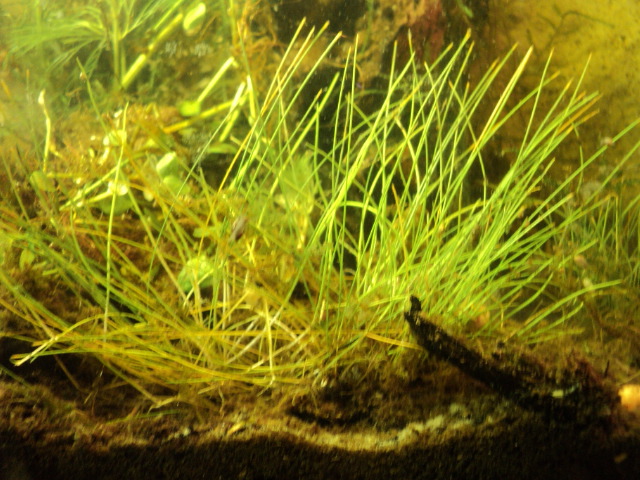


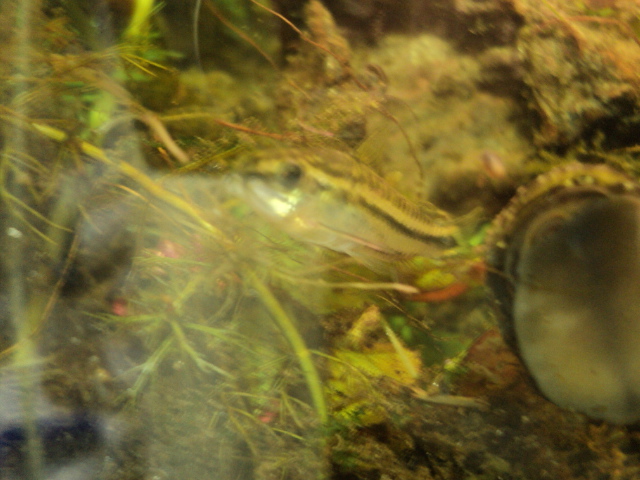

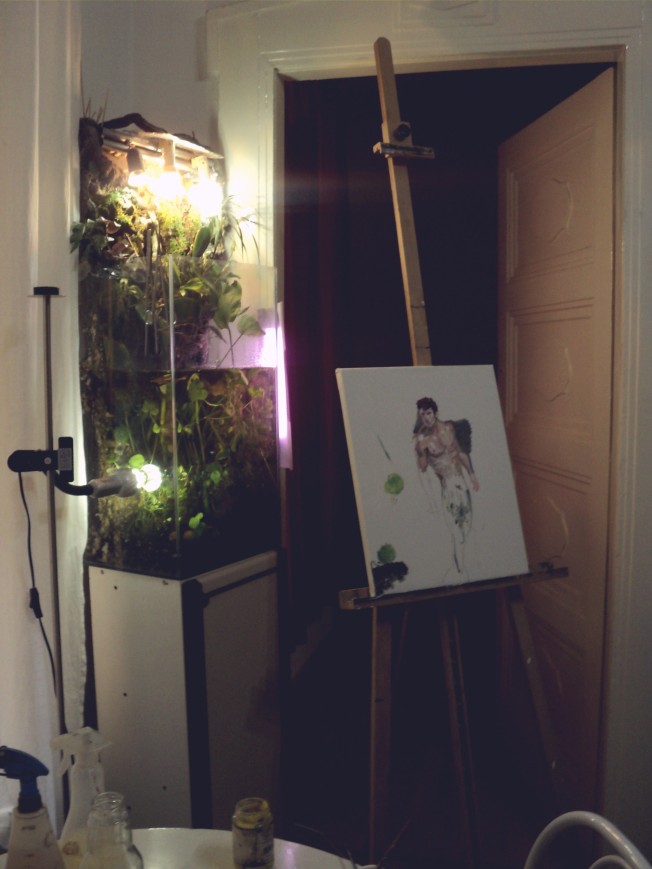

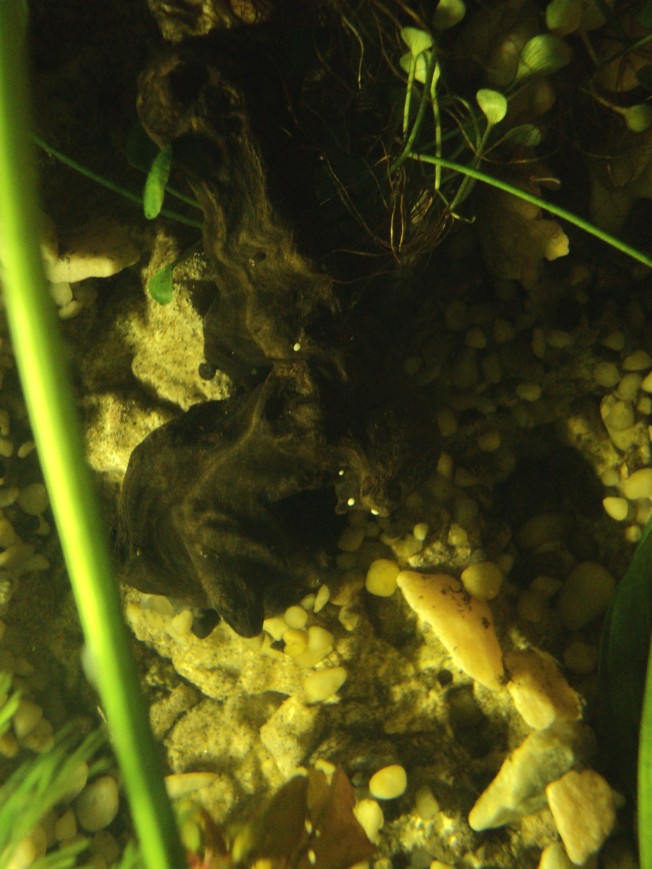

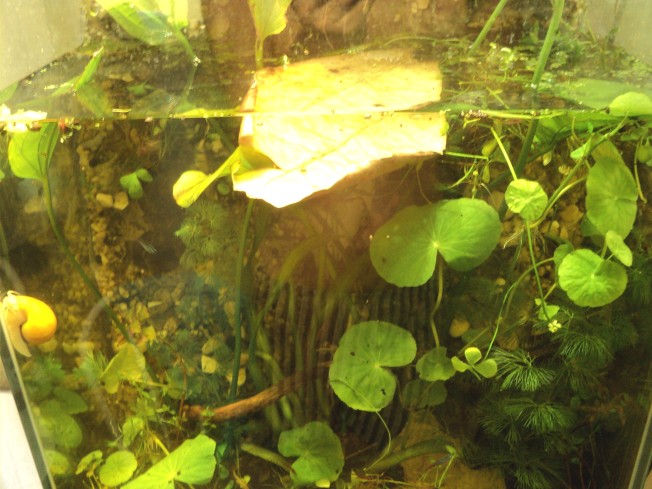
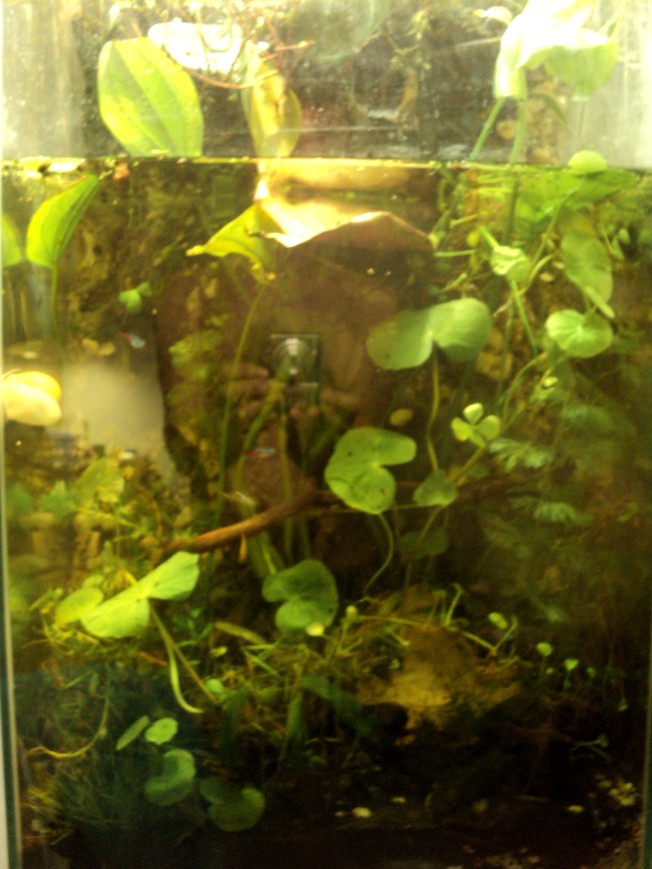






 , ça pollue beaucoup (tas de crottes) ces bêbêtes avec en plus 2 telescopes, faut voir, peut être pas rajouter de Neritina si le bac fait moins de 150 litres, ce serait risquer de polluer un peu trop le bac si tu vois ce que je veux dire.
, ça pollue beaucoup (tas de crottes) ces bêbêtes avec en plus 2 telescopes, faut voir, peut être pas rajouter de Neritina si le bac fait moins de 150 litres, ce serait risquer de polluer un peu trop le bac si tu vois ce que je veux dire.

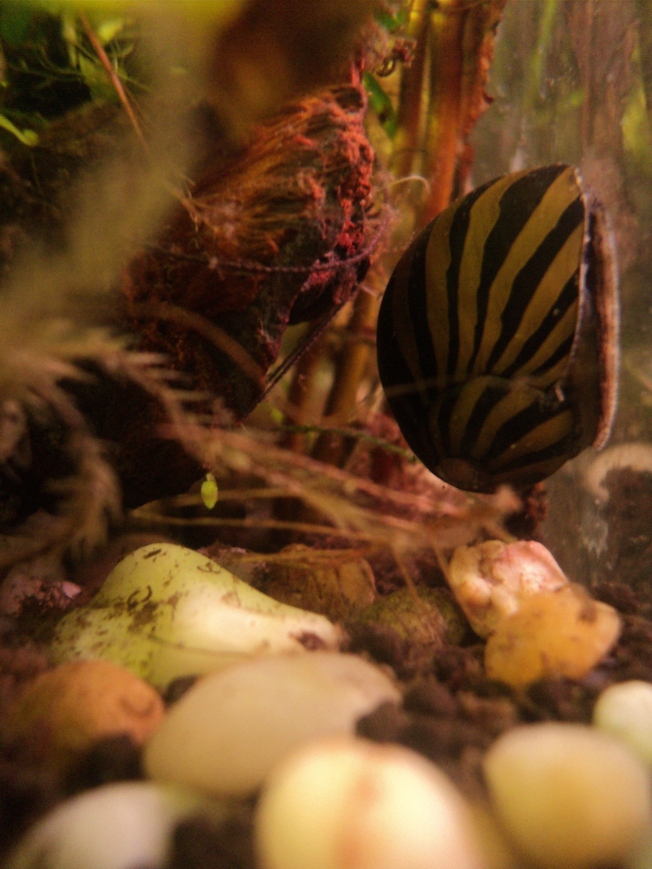












 (JBL NovoTab contient: du poisson et des dérivés de poisson, des céréales, des légumes, des levures, des produits végétaux dérivés, des insectes, des crustacés, des algues ainsi que des œufs et produits à base d’œufs. Coller, en l’appuyant sur la paroi de l’aquarium, la pastille pour nourrir plus spécialement les poissons des couches moyennes. )
(JBL NovoTab contient: du poisson et des dérivés de poisson, des céréales, des légumes, des levures, des produits végétaux dérivés, des insectes, des crustacés, des algues ainsi que des œufs et produits à base d’œufs. Coller, en l’appuyant sur la paroi de l’aquarium, la pastille pour nourrir plus spécialement les poissons des couches moyennes. )








 voir:
voir: 












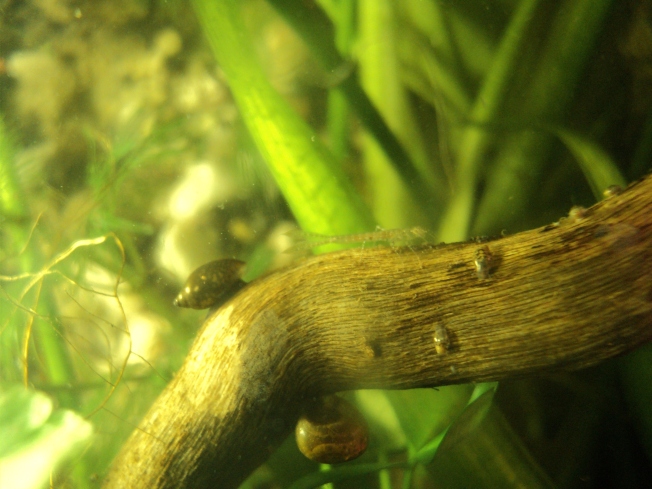

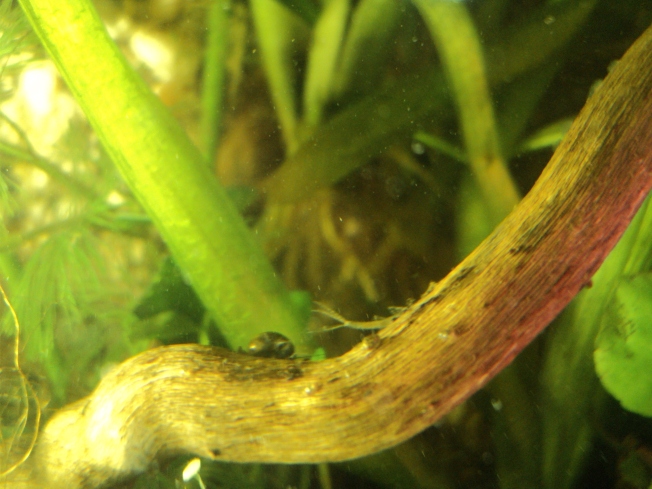
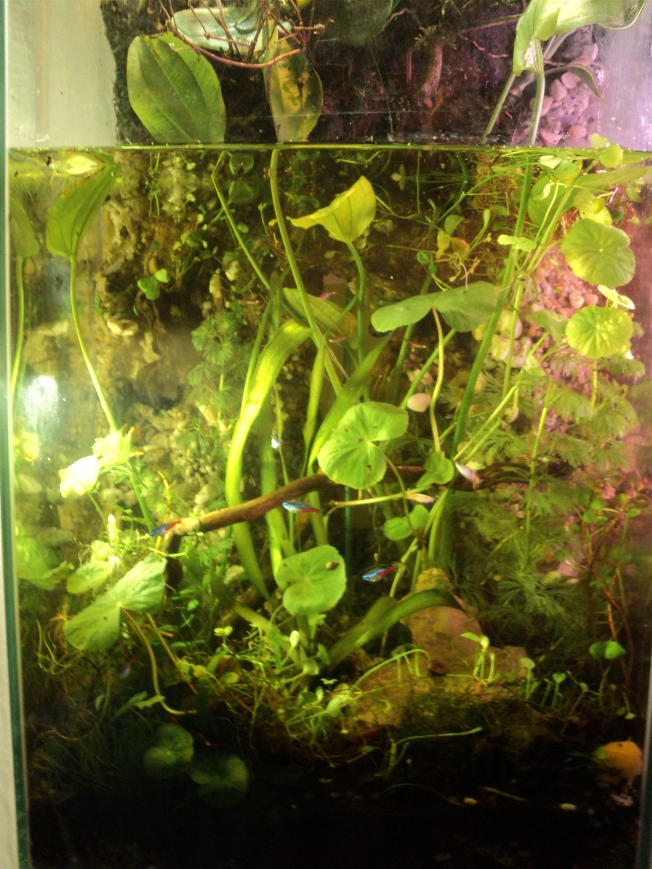


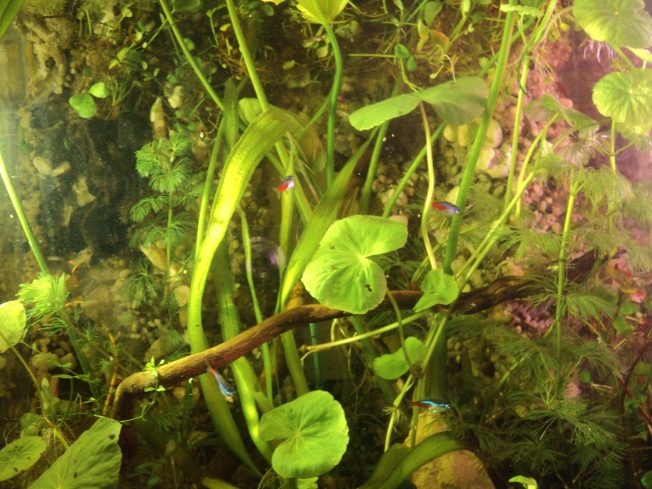
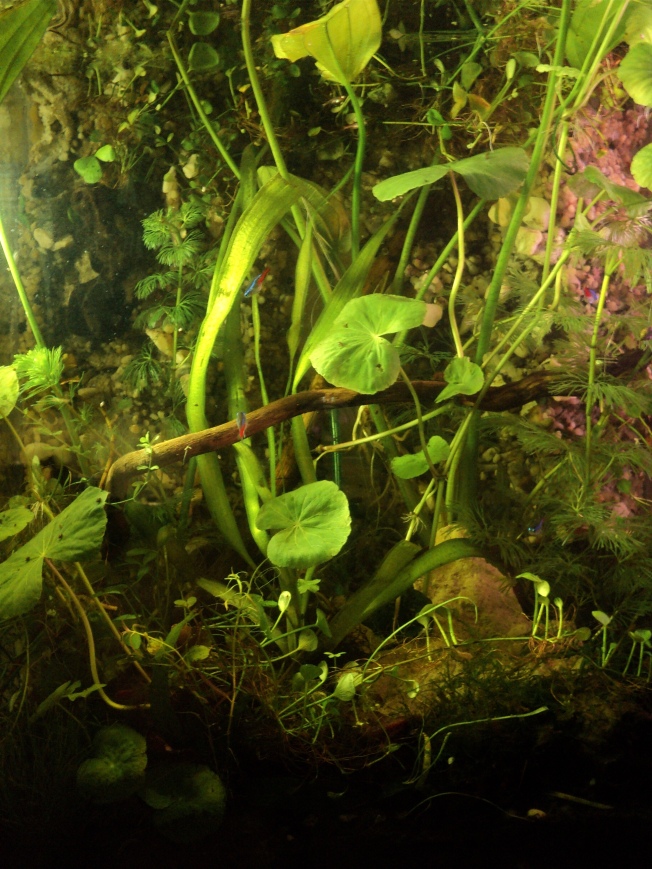



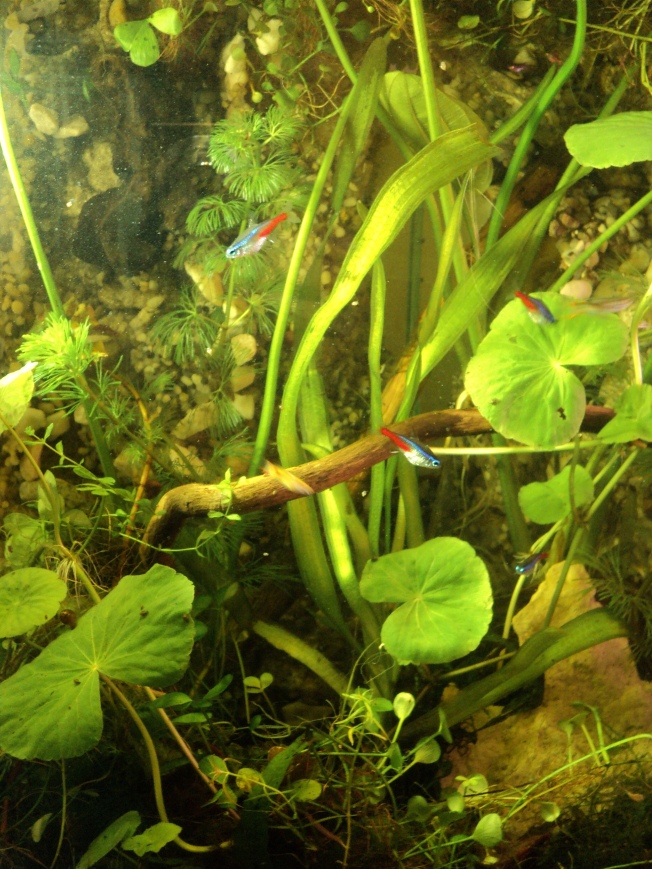
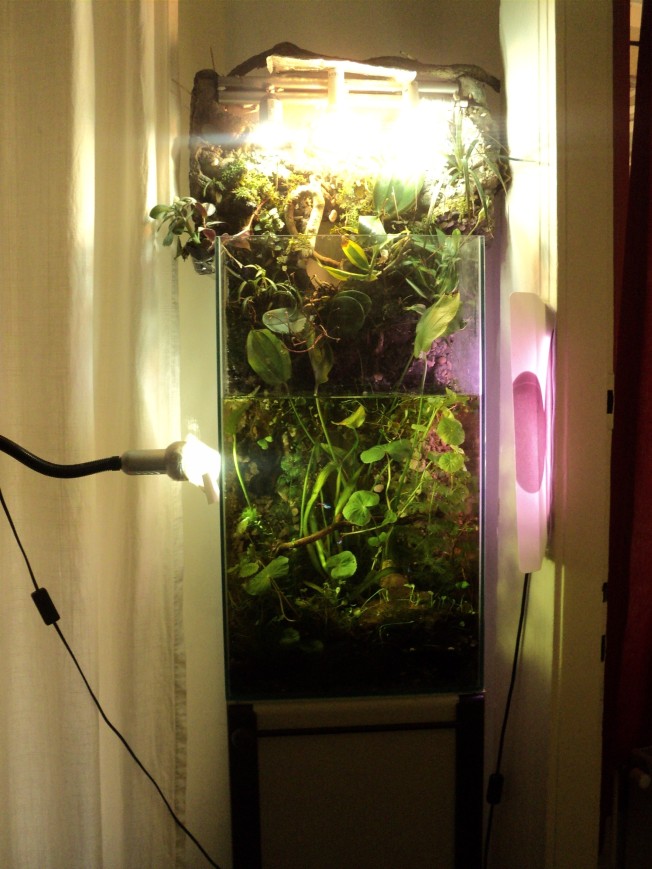











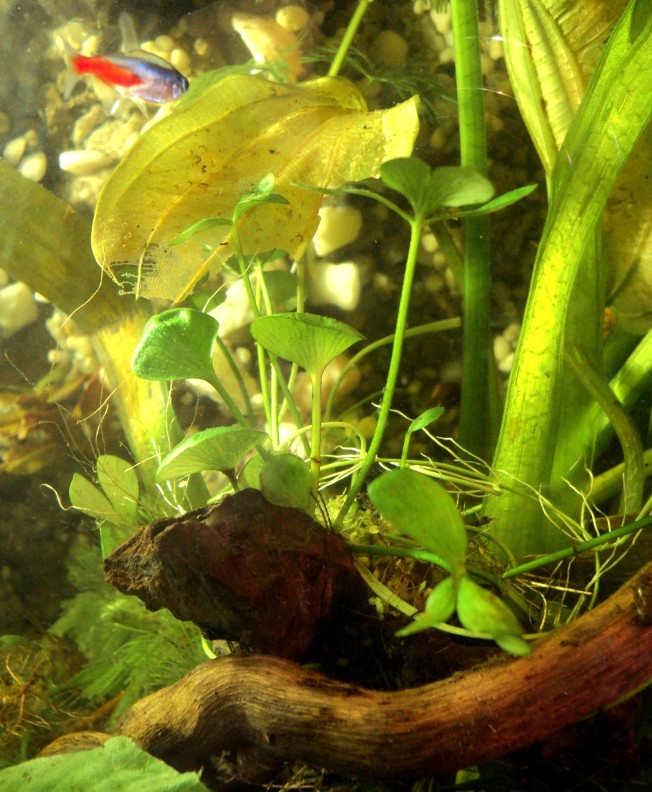
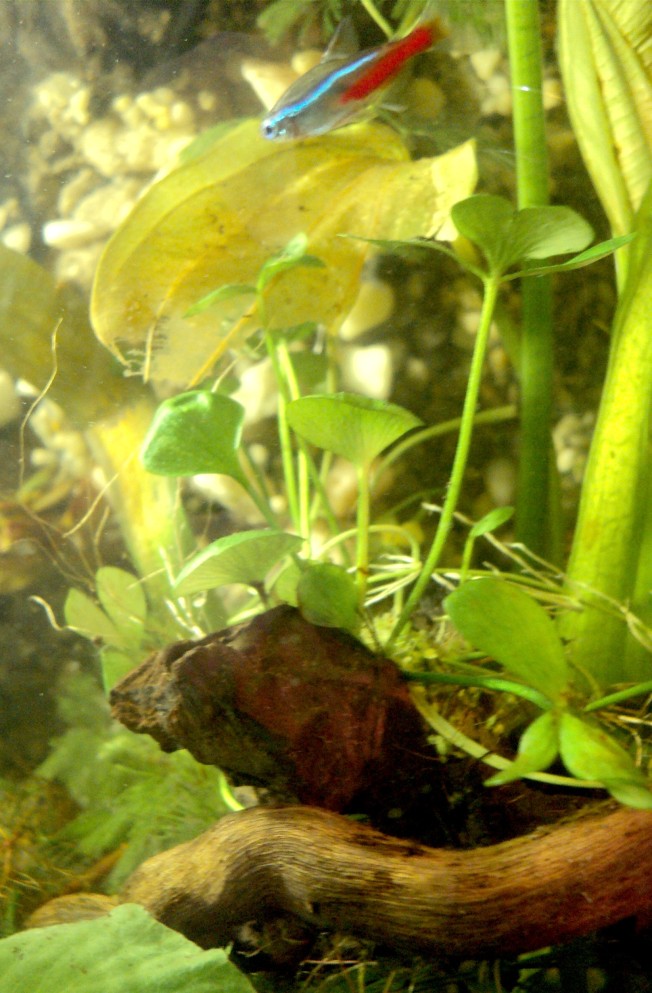

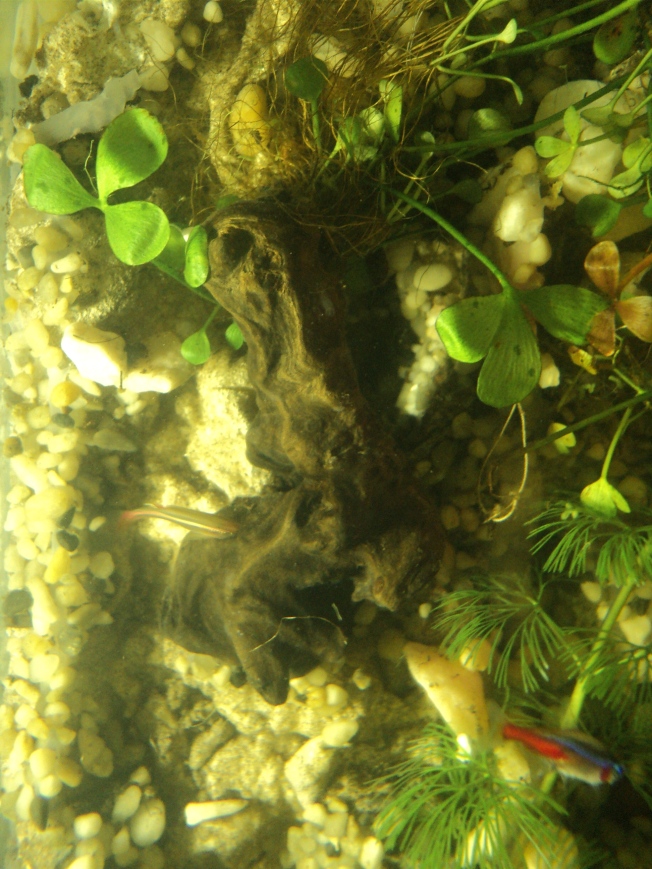
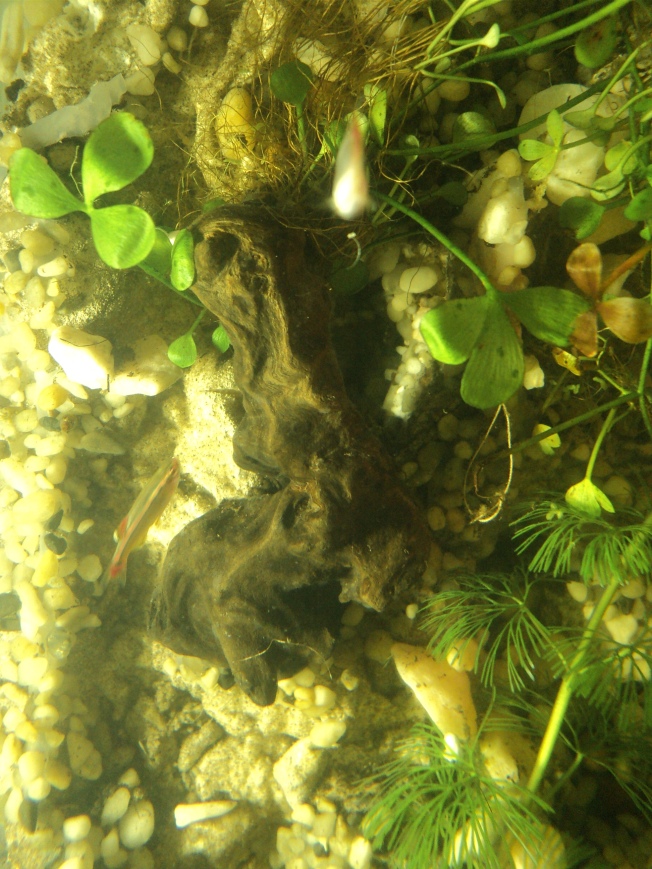
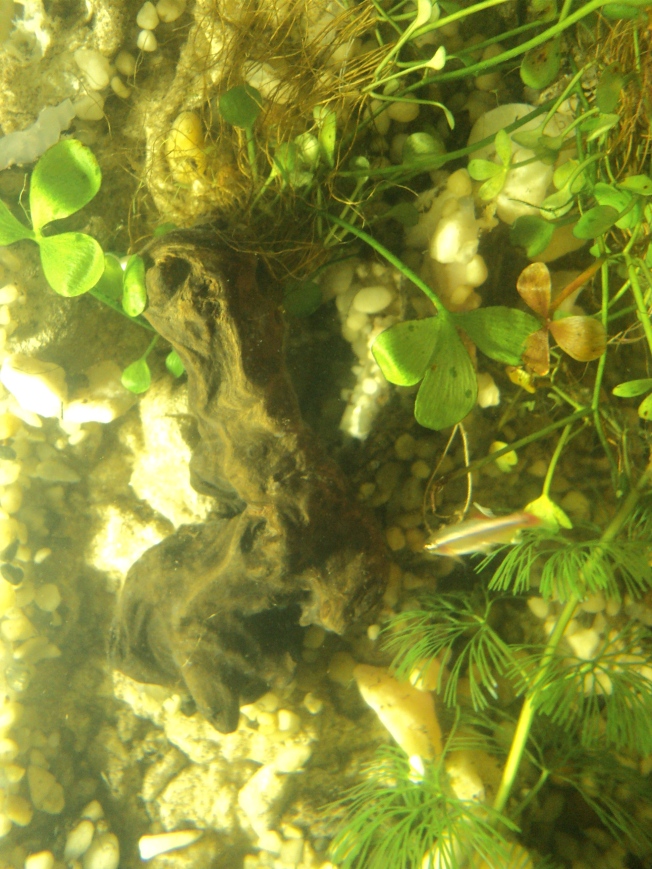

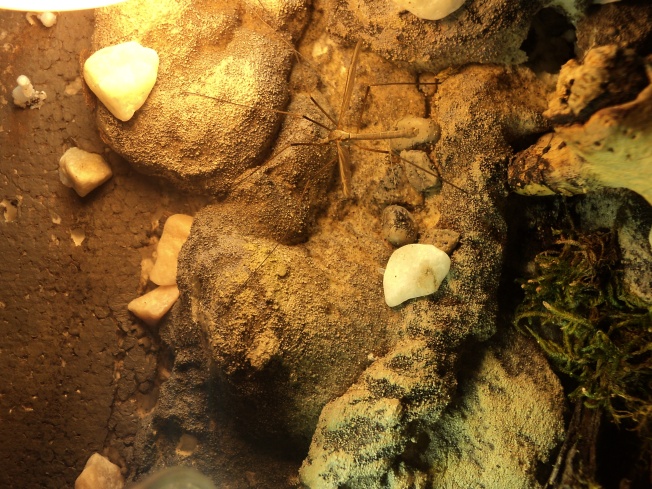

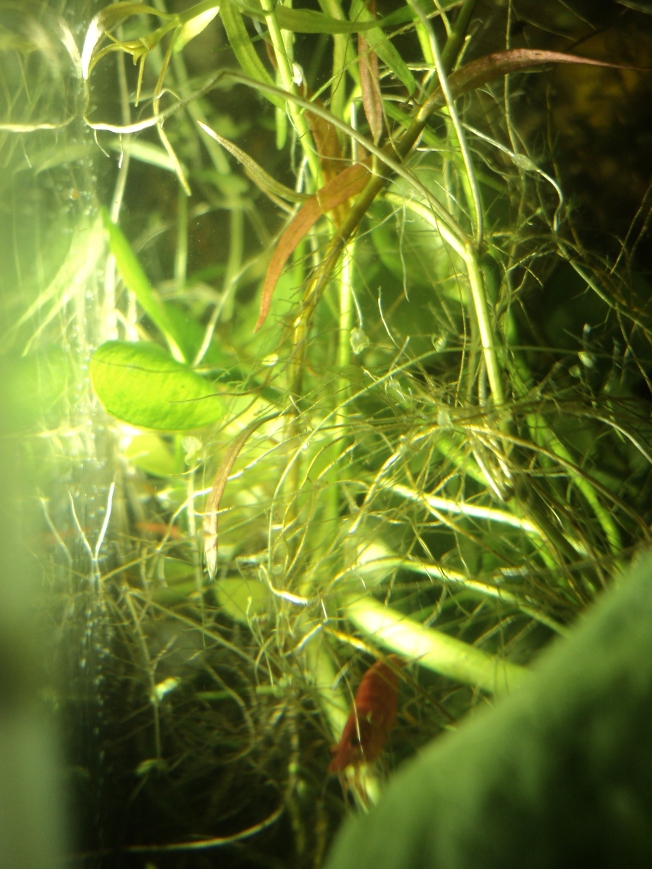
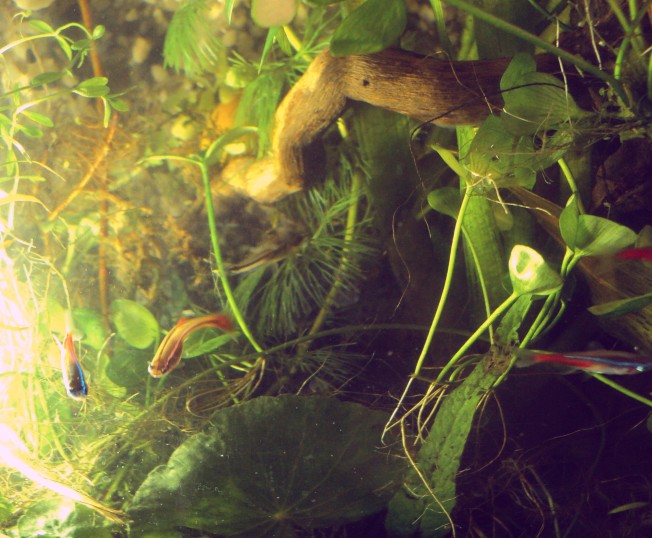

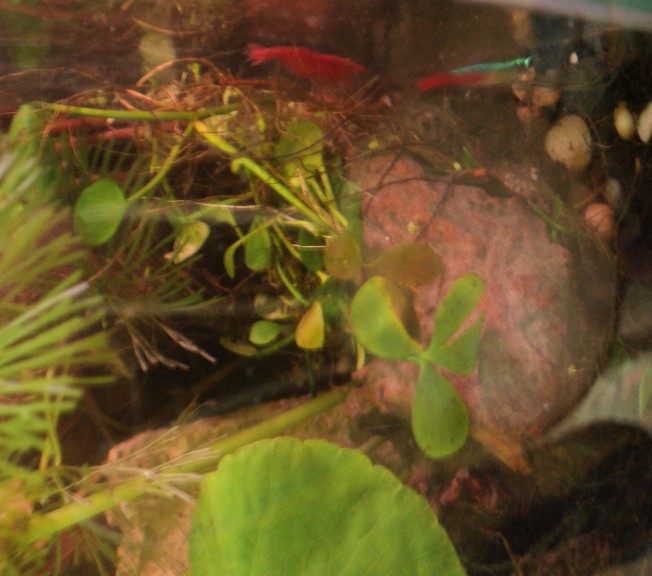
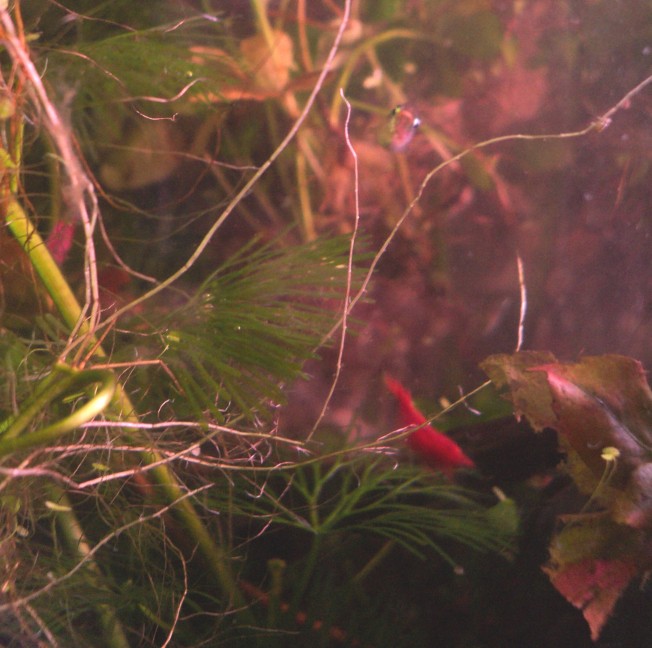
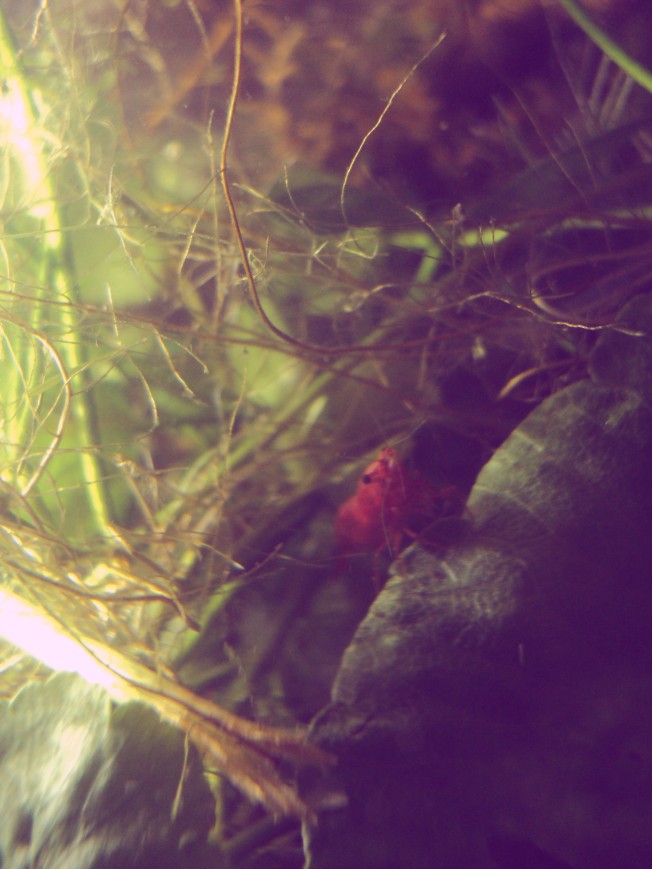
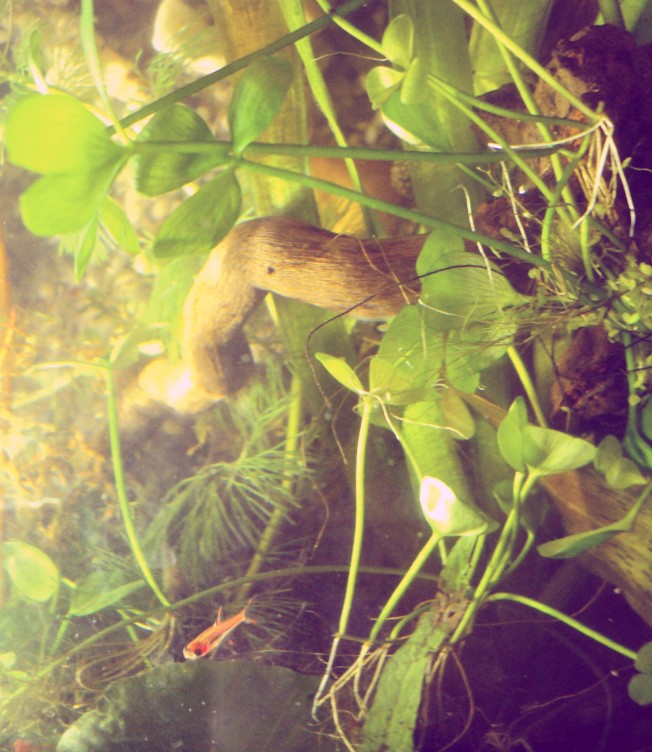
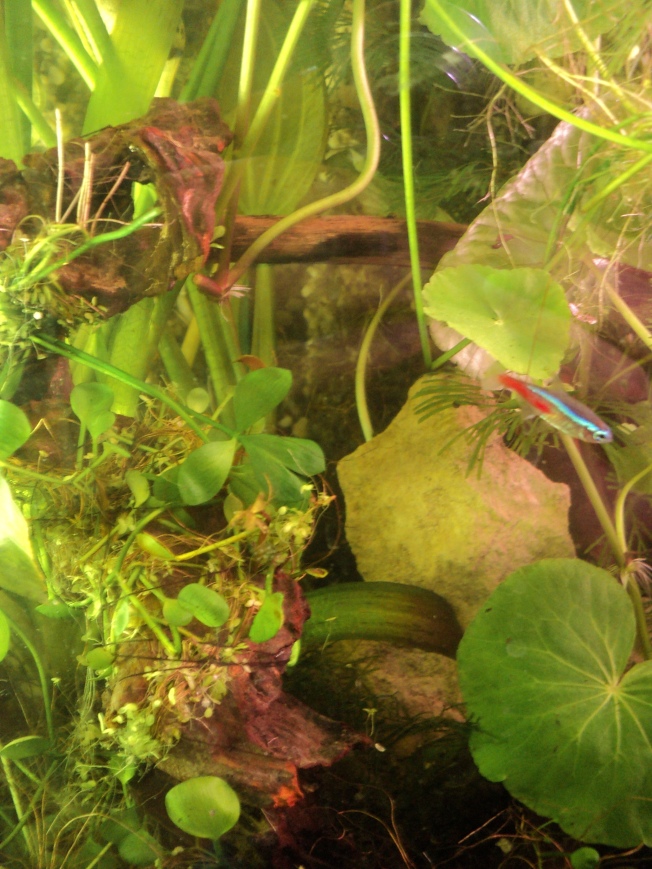
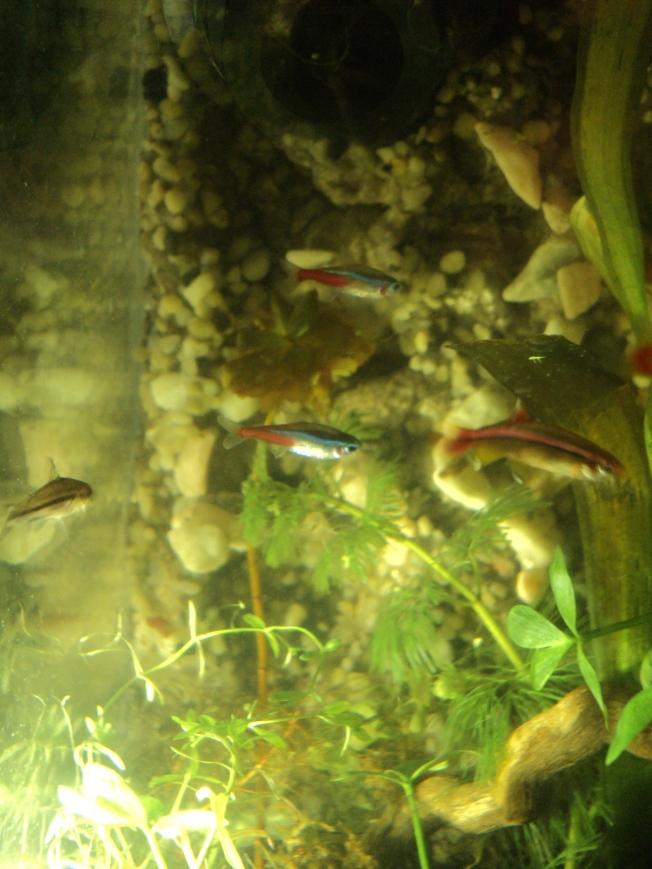
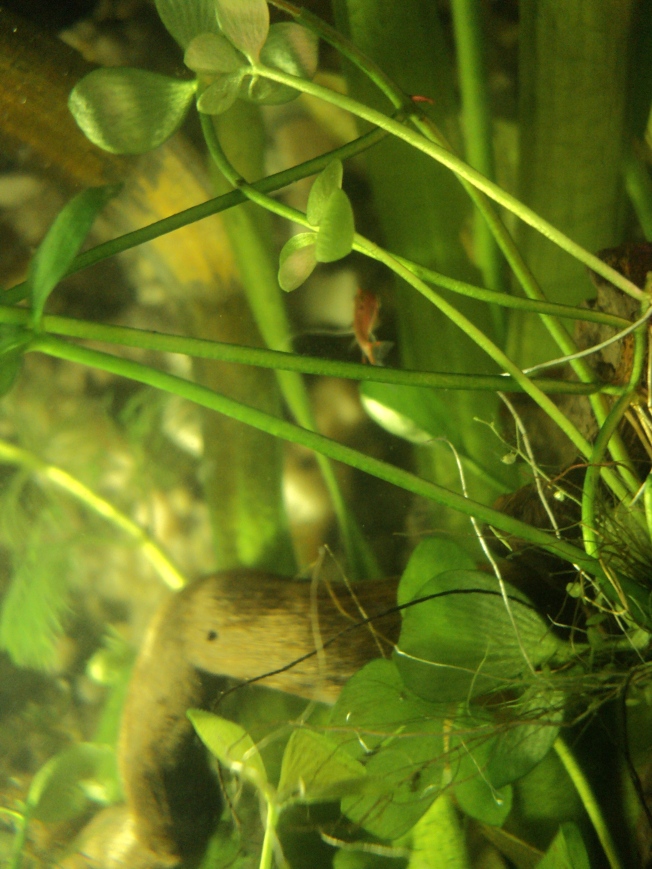

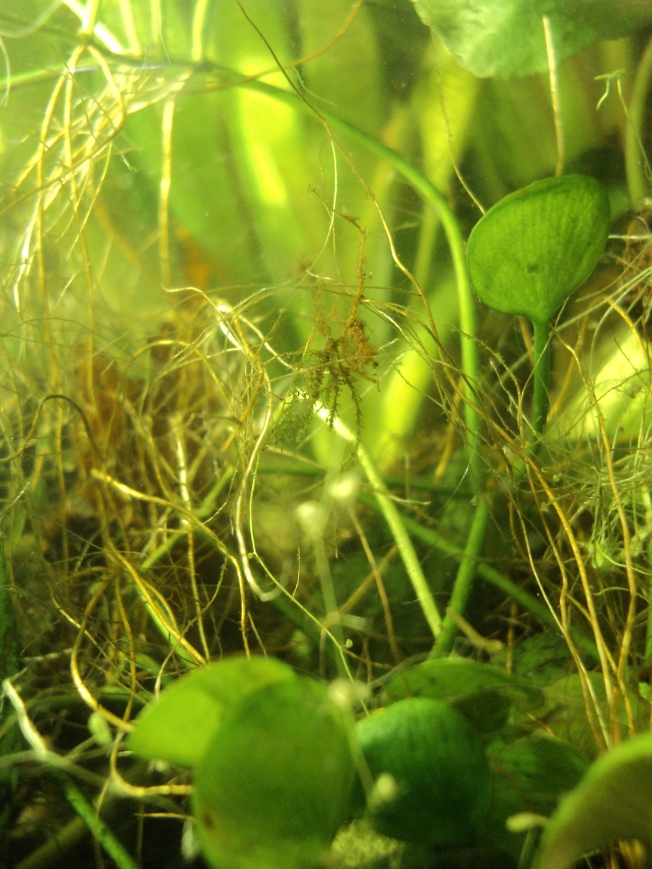
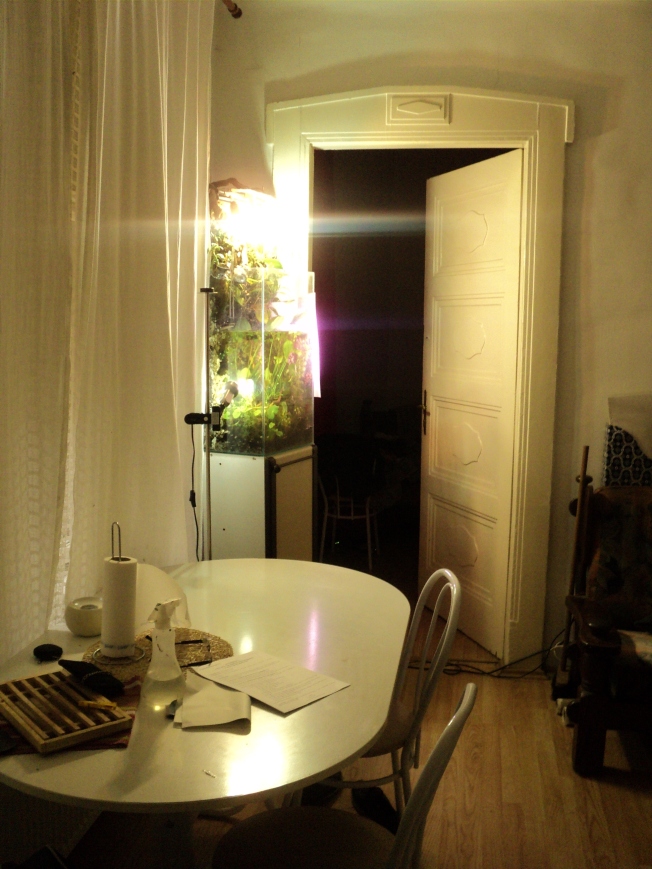

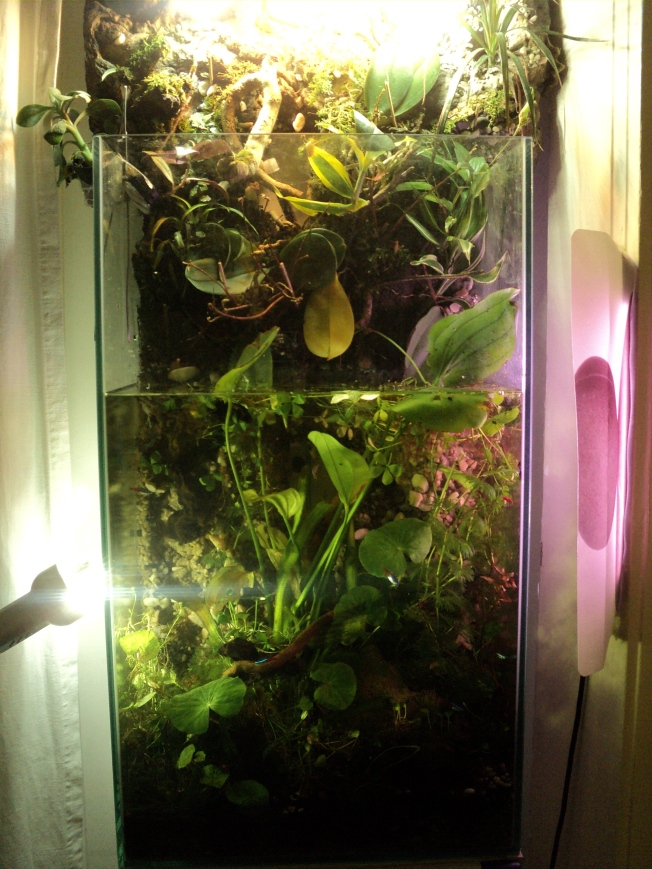
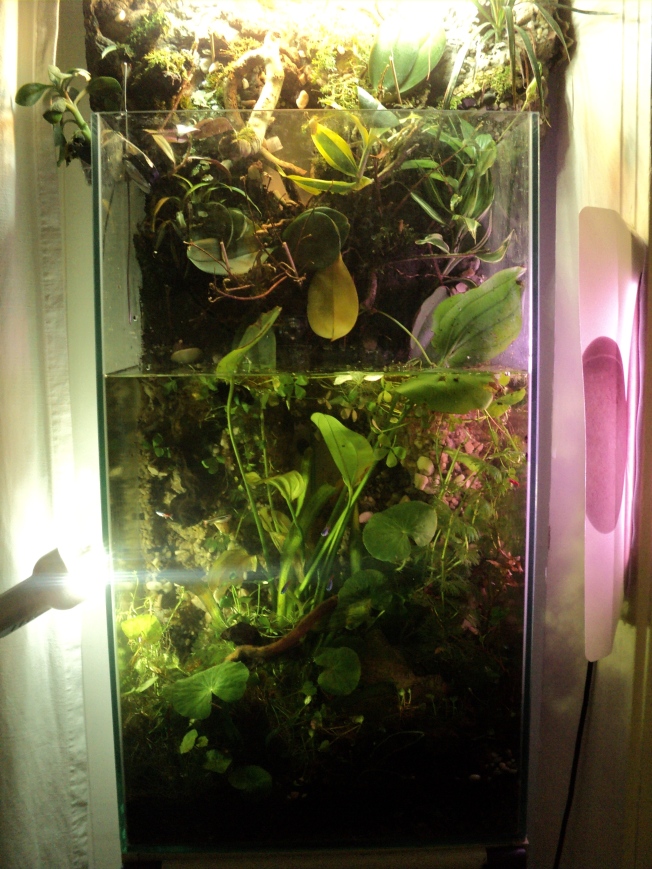
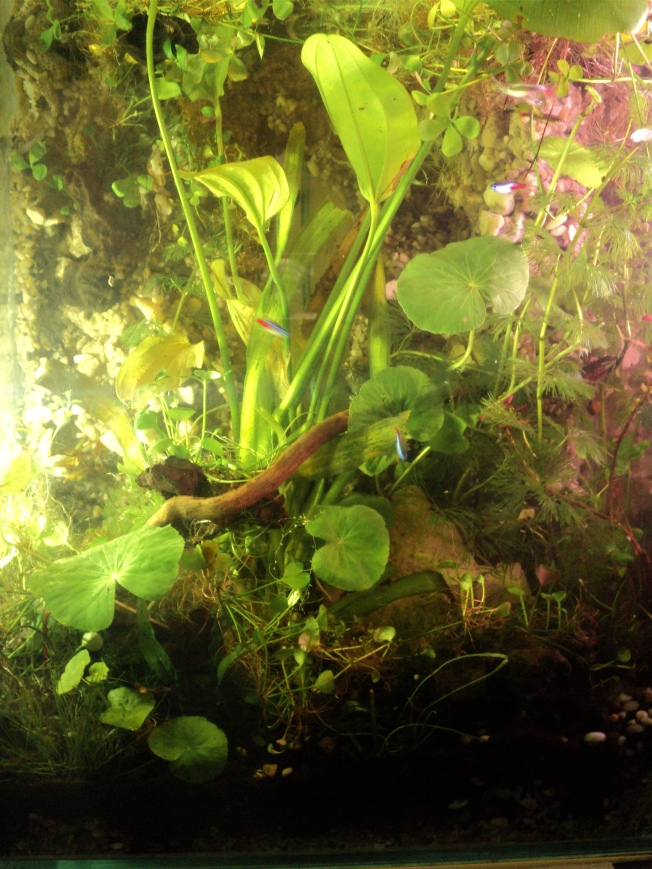
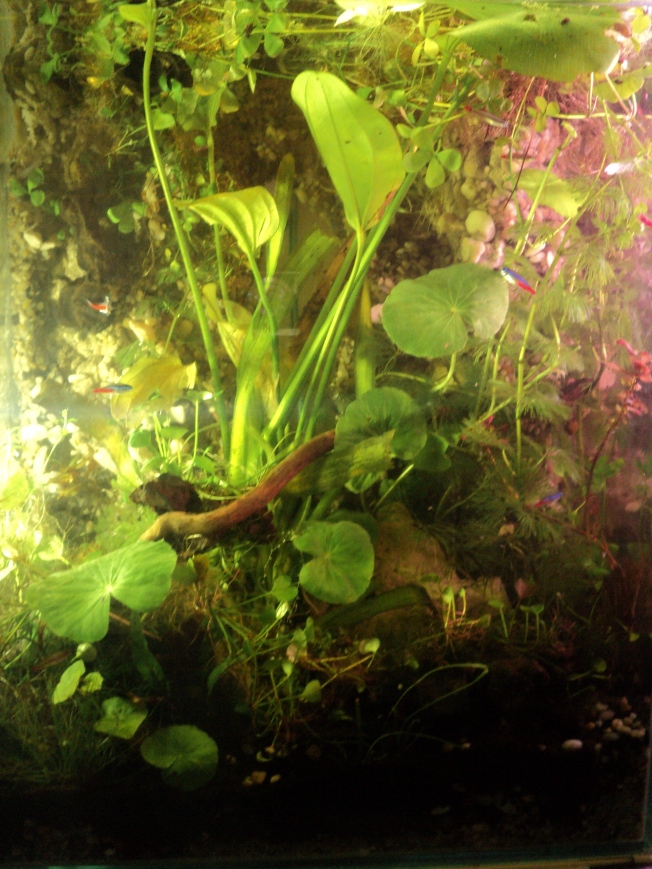
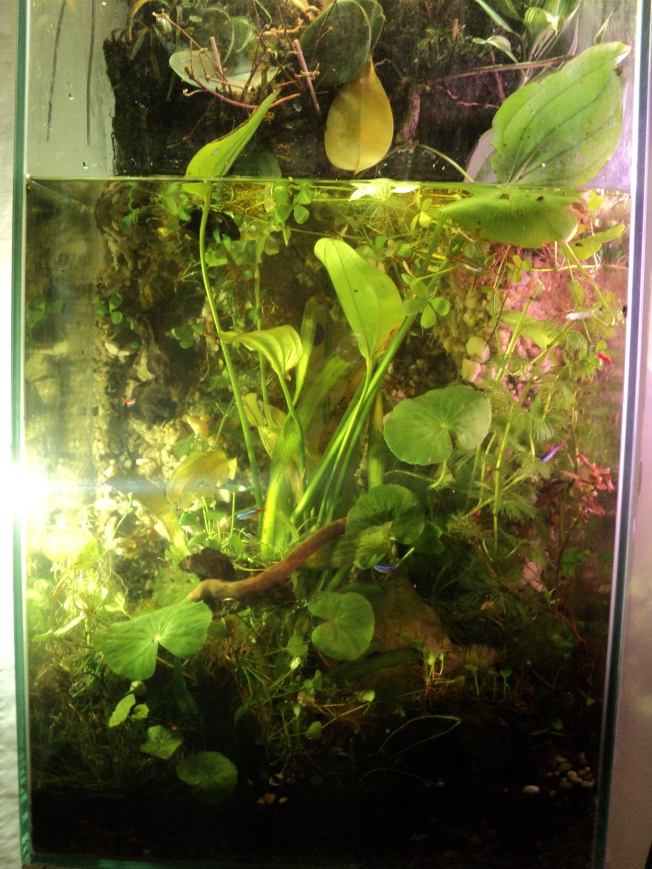
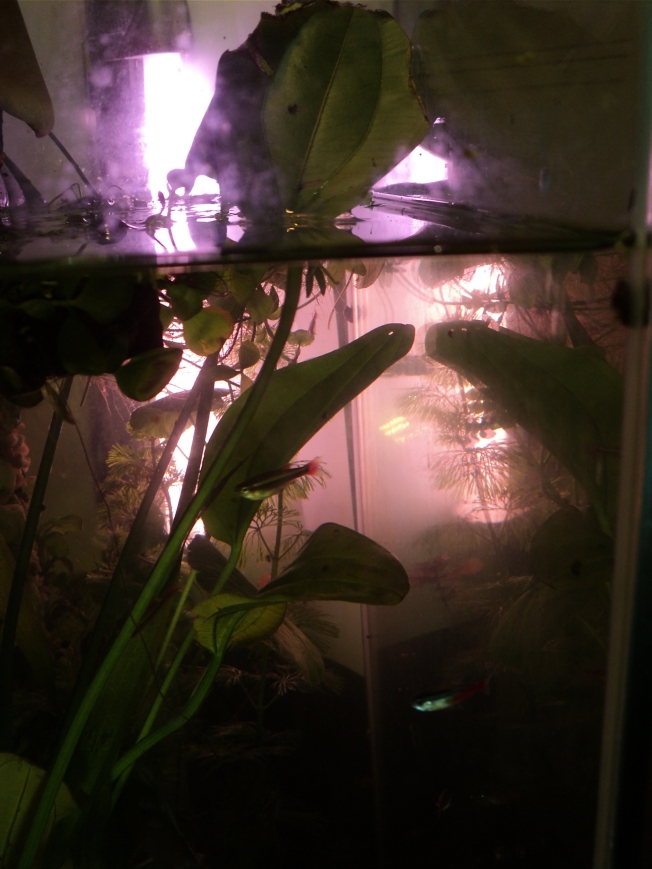
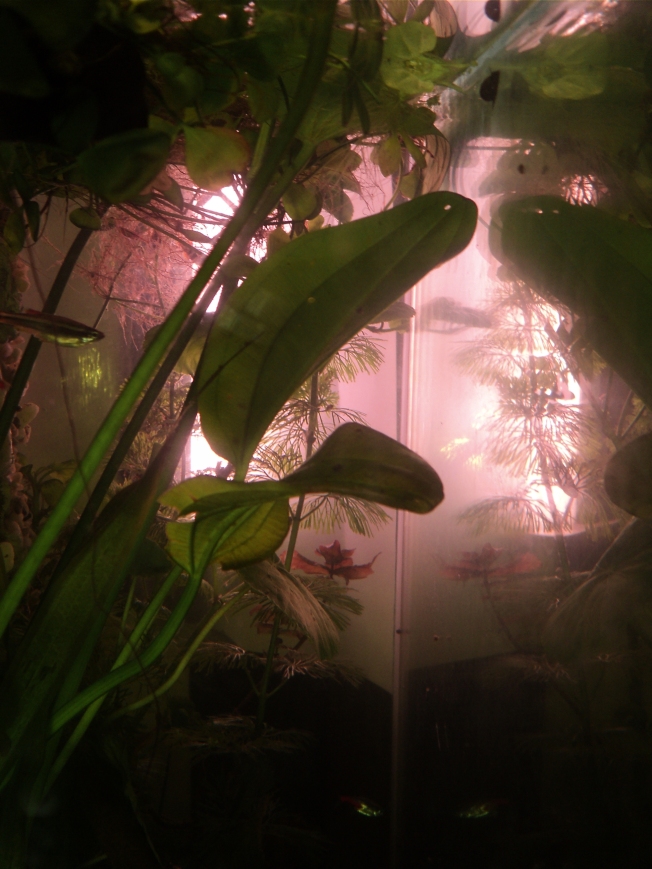
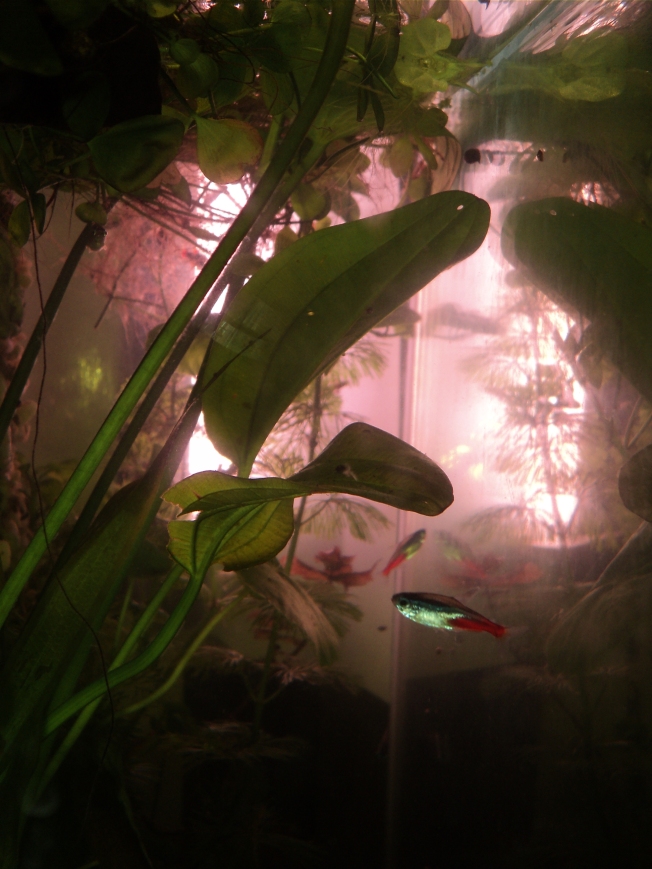
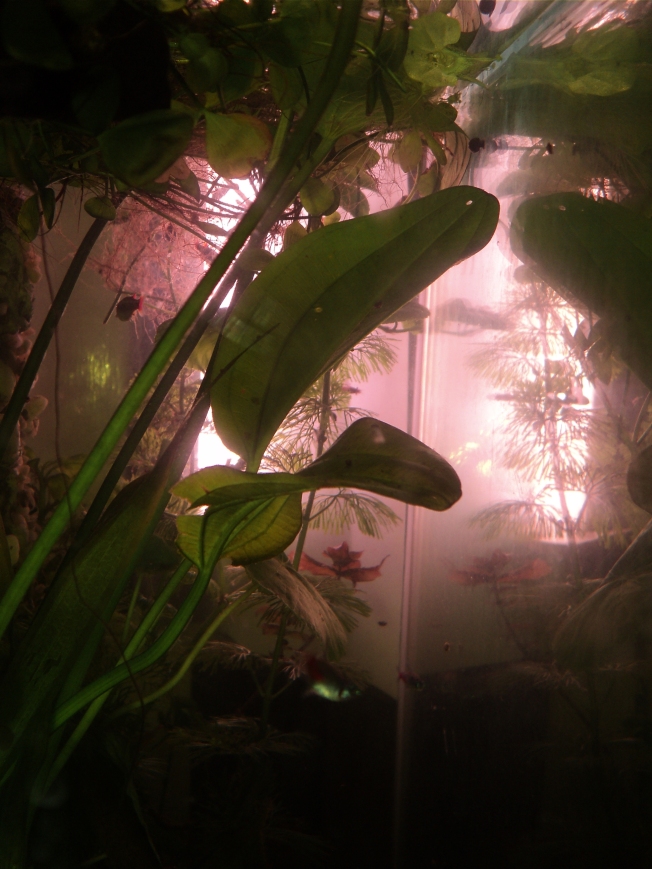
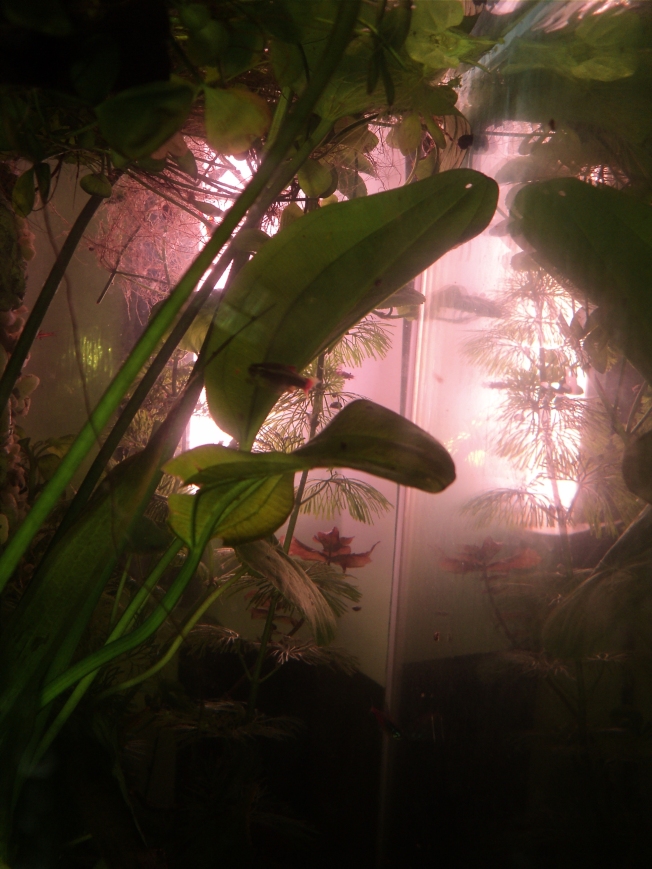

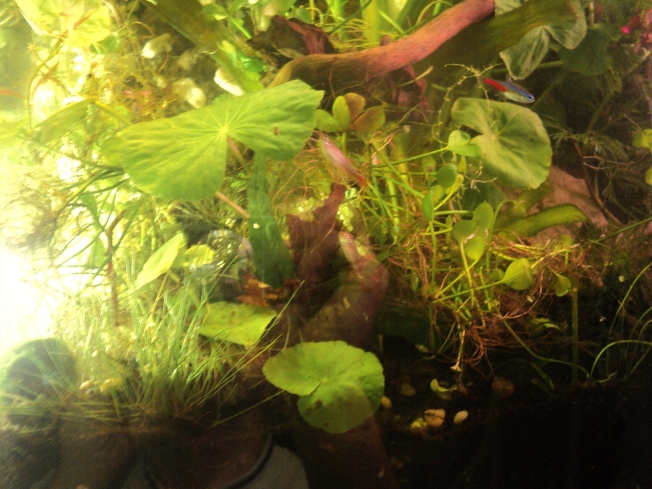

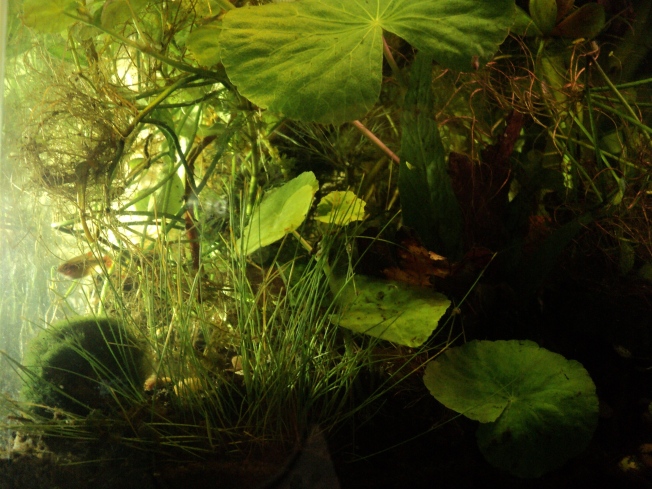
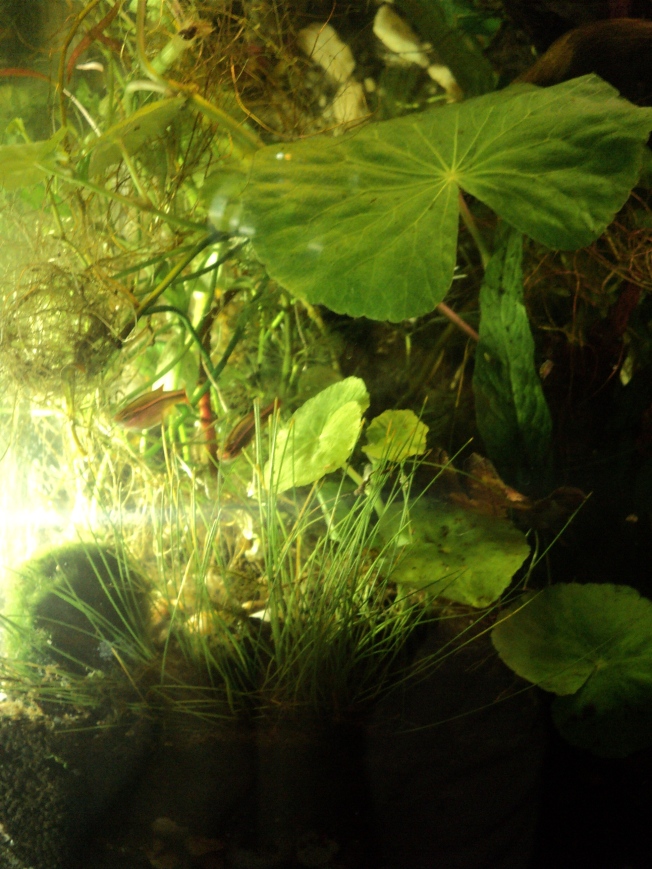

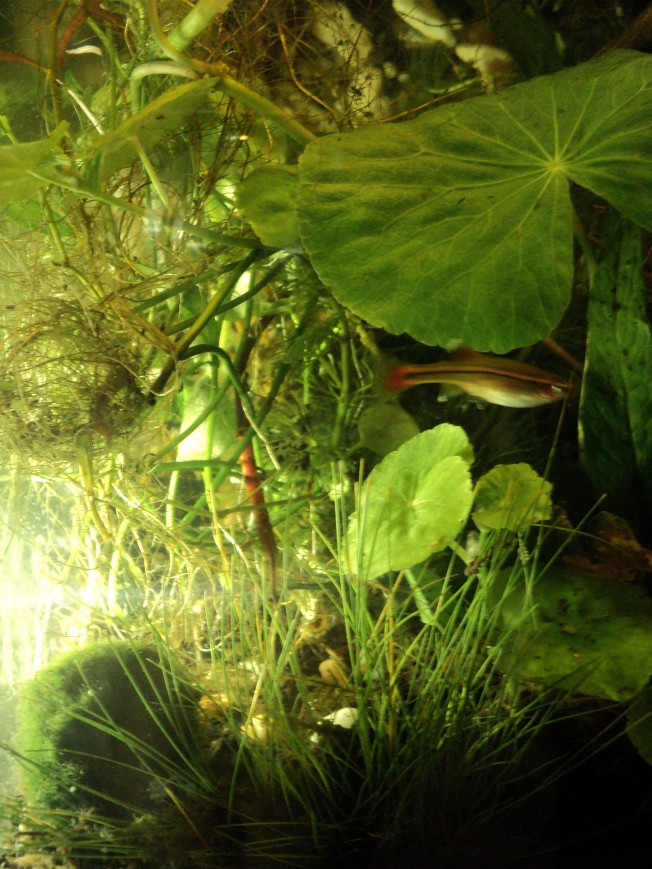

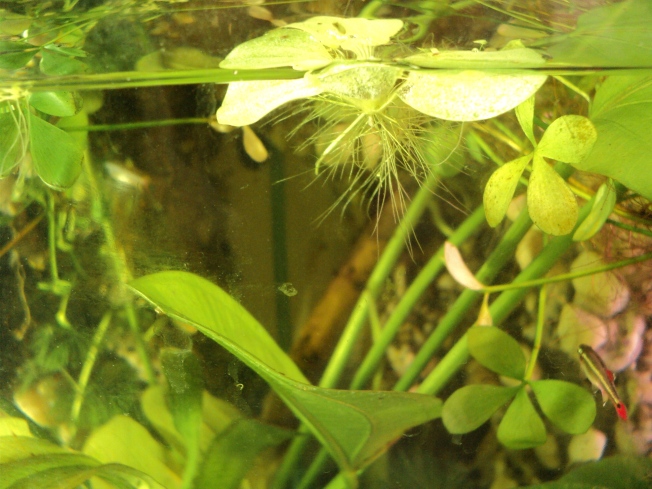
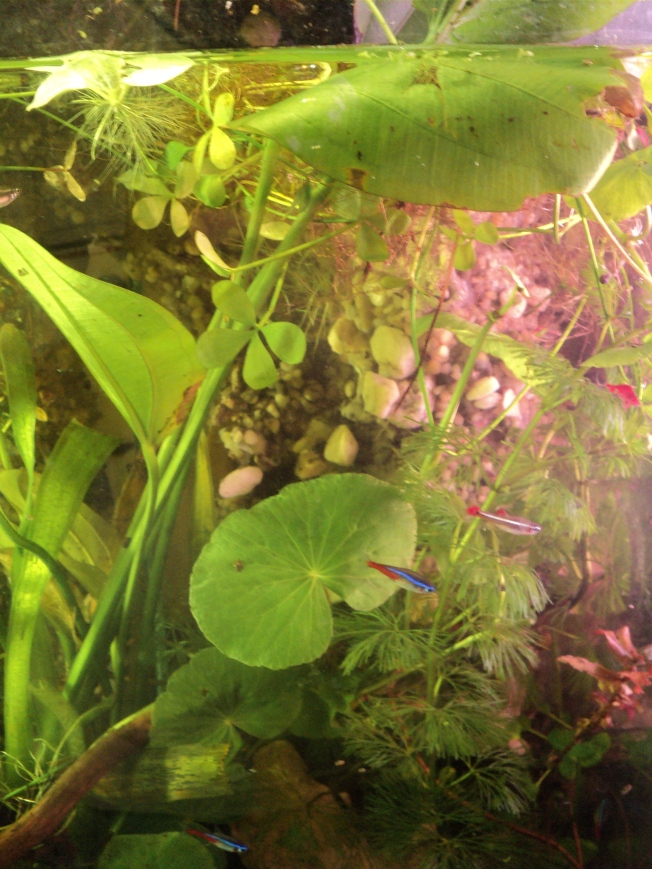
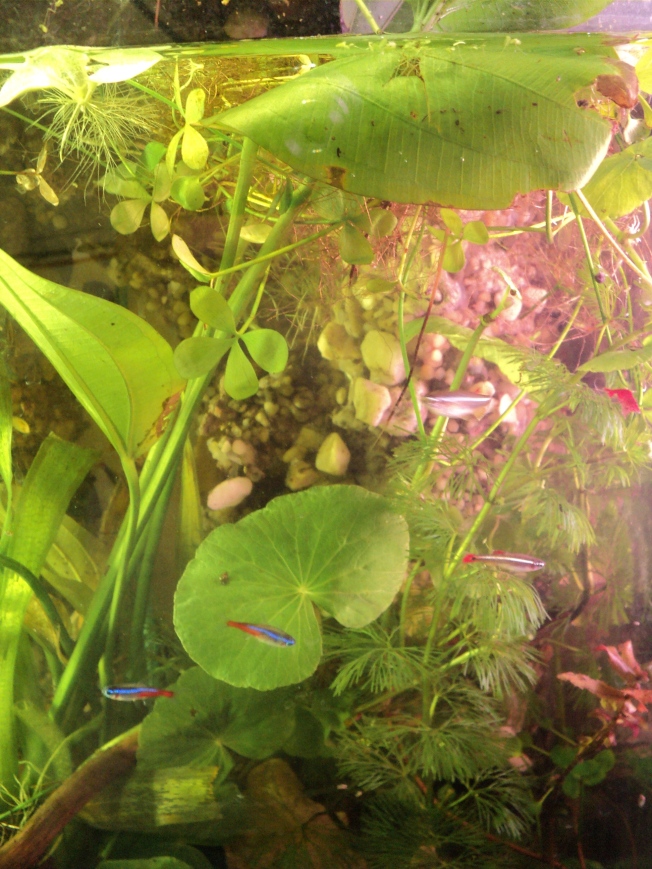
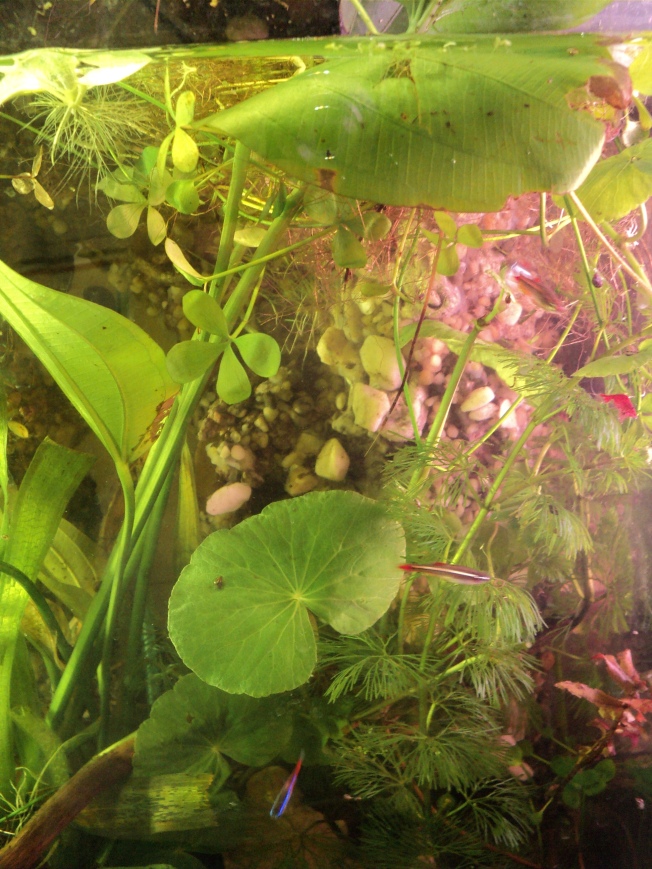

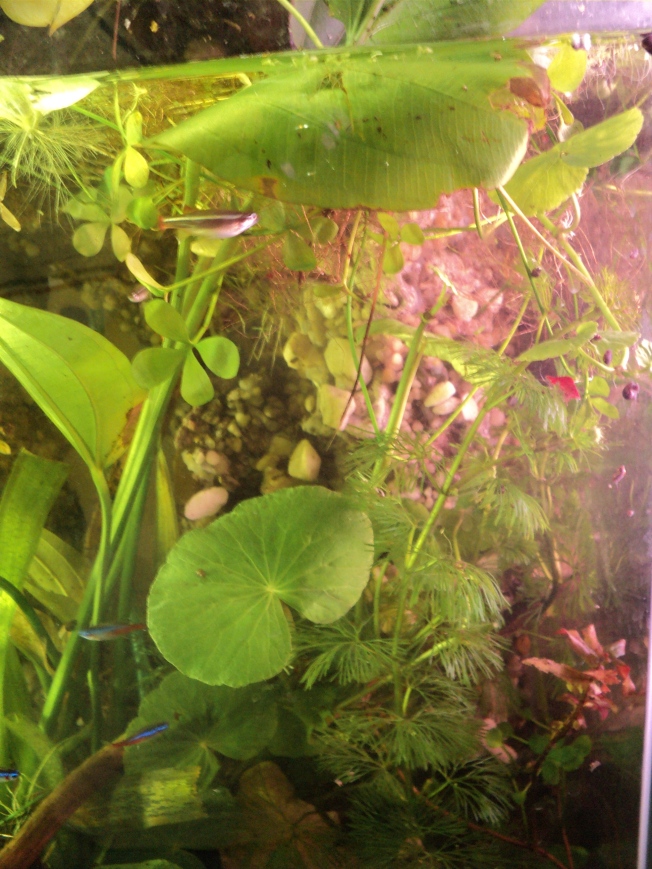
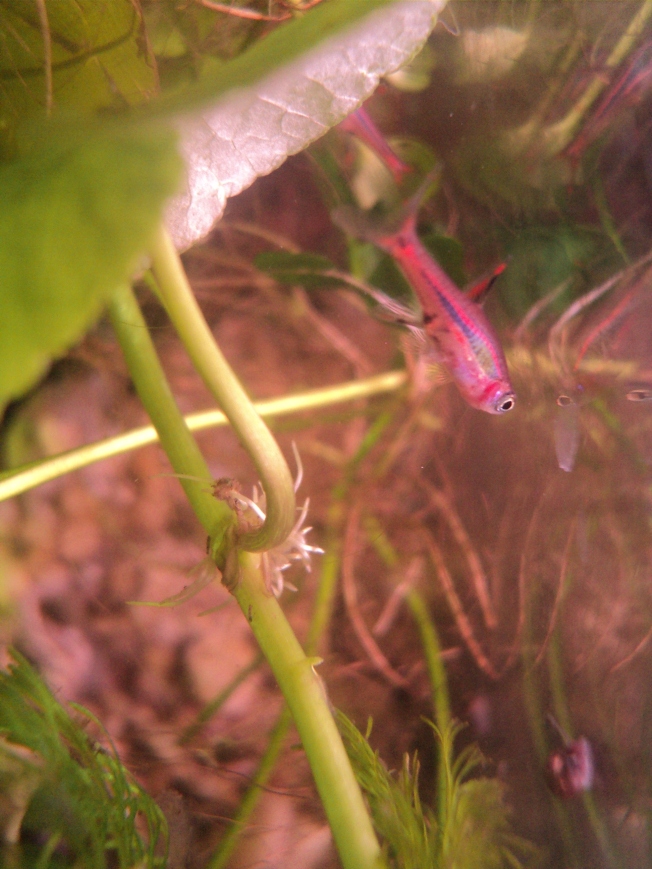


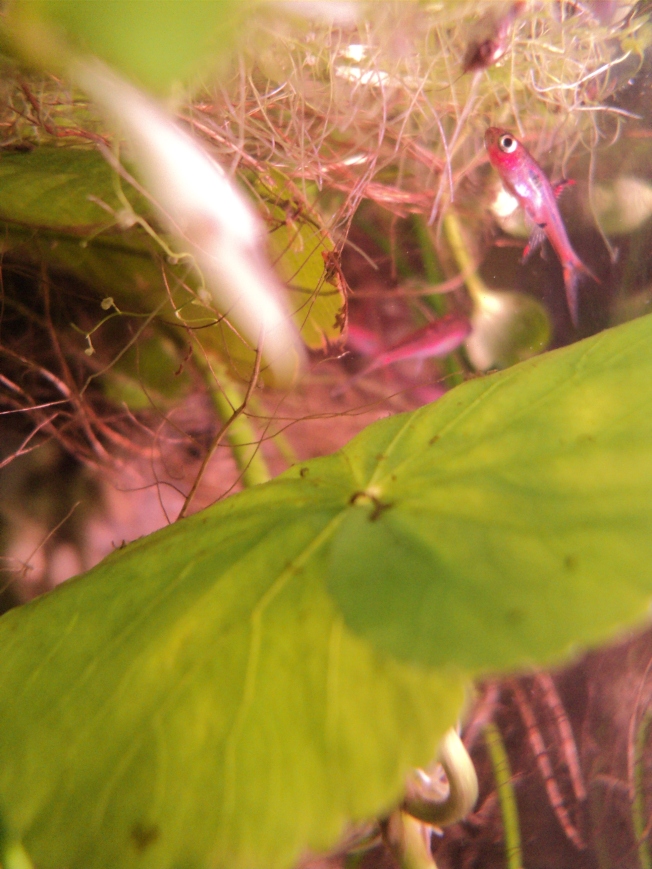

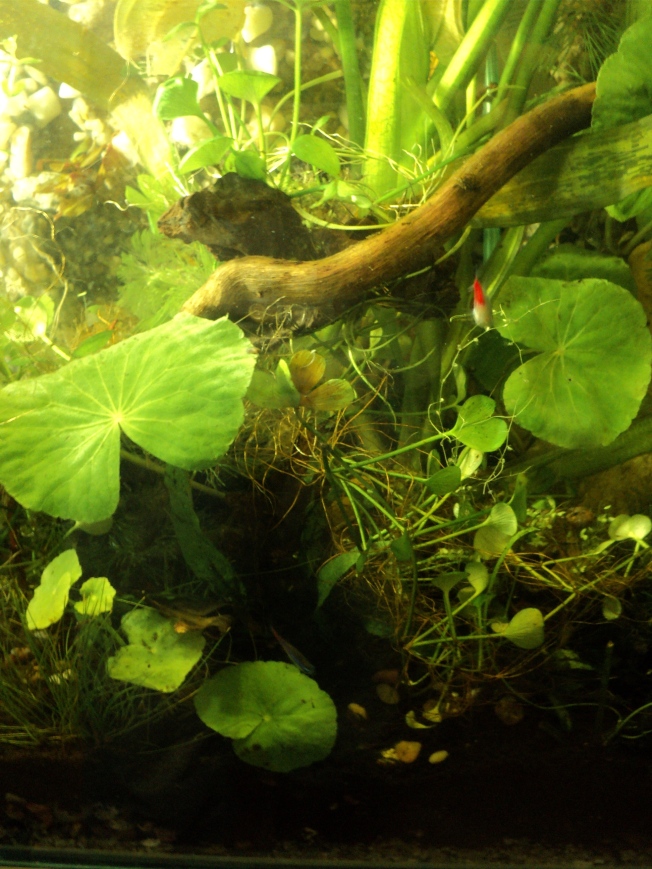
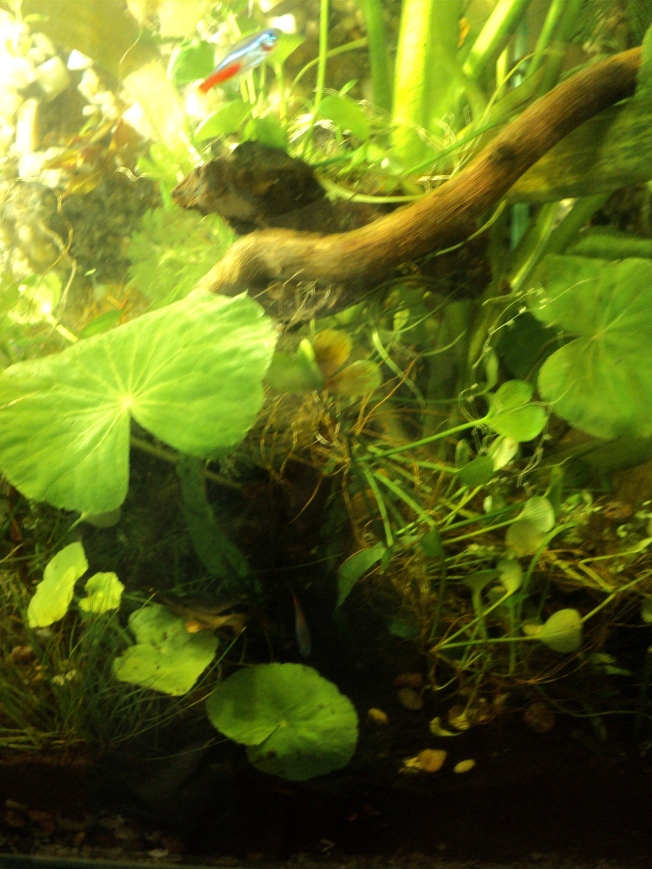
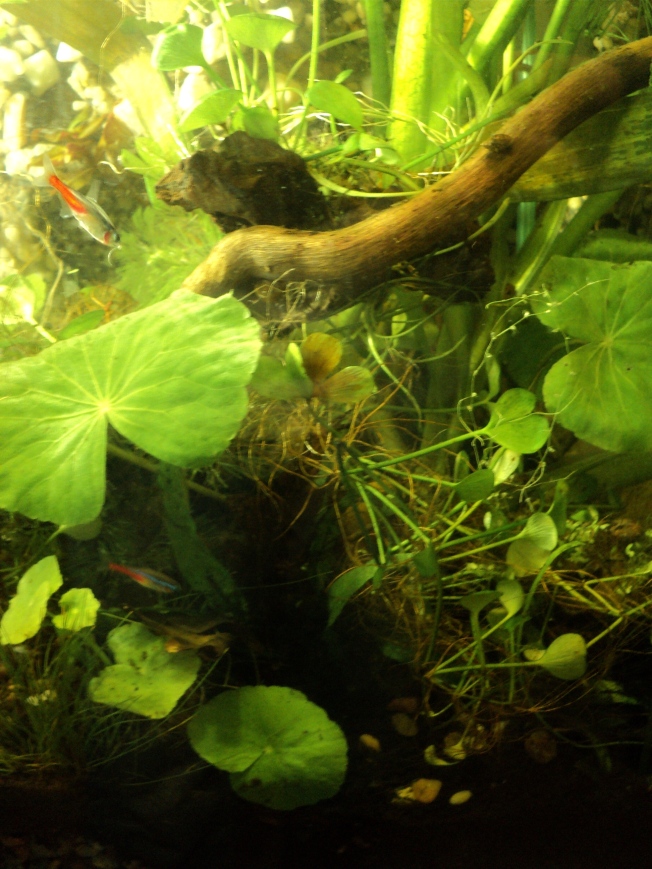

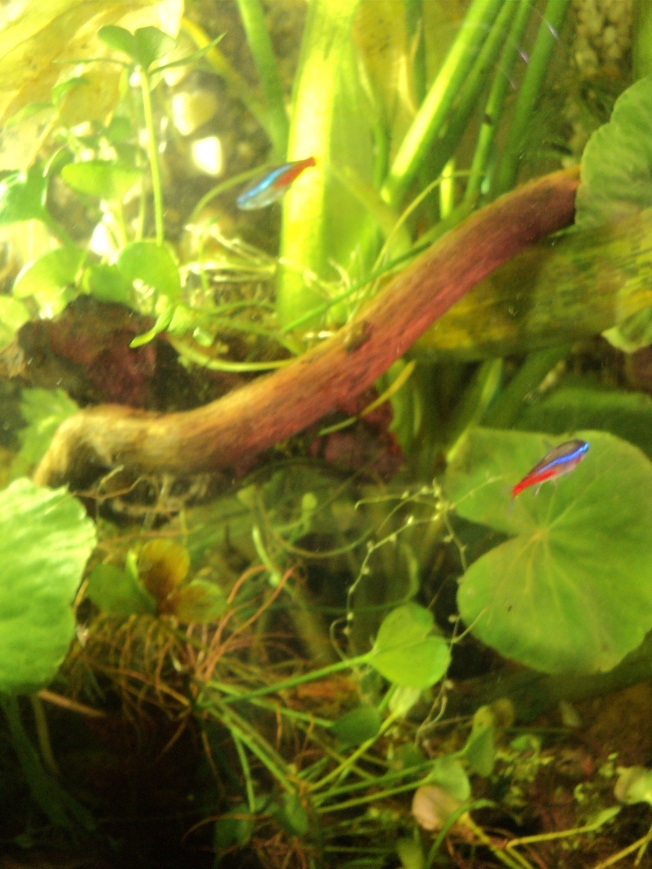
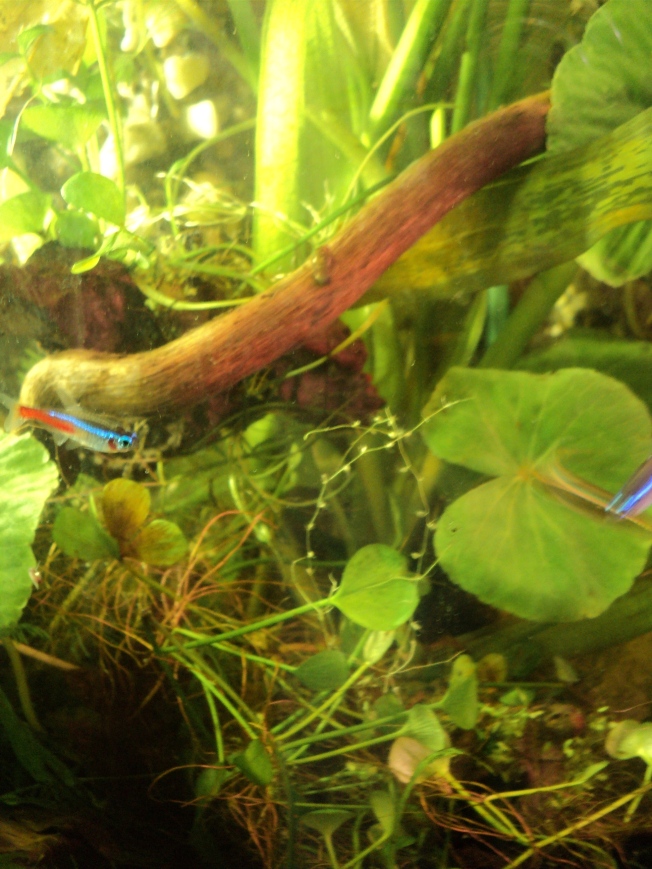












 et la Taxiphyllum barbierior
et la Taxiphyllum barbierior  Cryptocoryne spp. Ne pas mettre de Boraras dans une eau non prête car ils sont sensibles aux fluctuations chimiques de l’eau. Note : 2e cas possible de disparition la chimie de l’eau avec également trop de lumière…
Cryptocoryne spp. Ne pas mettre de Boraras dans une eau non prête car ils sont sensibles aux fluctuations chimiques de l’eau. Note : 2e cas possible de disparition la chimie de l’eau avec également trop de lumière… ,Sundadanio
,Sundadanio , Danionella
, Danionella , Eirmotus
, Eirmotus , Trigonostigma
, Trigonostigma , pygmy Corydoras and small Loricariids
, pygmy Corydoras and small Loricariids such as Otocinclus.
such as Otocinclus. tels que le Sphaerichthys, le Parosphromenus
tels que le Sphaerichthys, le Parosphromenus  ou les plus petits des Betta
ou les plus petits des Betta
 et Neocaridina
et Neocaridina .
.









 Year: 2011
Year: 2011









 , Panda, Pygmies, & Smudge Spot Cories, Rili Shrimp
, Panda, Pygmies, & Smudge Spot Cories, Rili Shrimp 
 When ready to spawn, these egg-layers will clean out a selected spawning site in rockwork, cave, PVC pipes, flowerpots, and other niches. Once the eggs are laid, the male Peacock Gudgeon will defend the eggs until they hatch.
When ready to spawn, these egg-layers will clean out a selected spawning site in rockwork, cave, PVC pipes, flowerpots, and other niches. Once the eggs are laid, the male Peacock Gudgeon will defend the eggs until they hatch.





















 but I could only get a couple stems of it, so I put them in my new emersed set up to maybe grow a few more stems of it.
but I could only get a couple stems of it, so I put them in my new emersed set up to maybe grow a few more stems of it.

 I planted them in my emersed tank, but I was thinking about adding them to this tank after I get them growing emersed. My plan with my emersed set up is to grow some different stems but mainly to keep crypts in hopes of them flowering.
I planted them in my emersed tank, but I was thinking about adding them to this tank after I get them growing emersed. My plan with my emersed set up is to grow some different stems but mainly to keep crypts in hopes of them flowering.








 and replant the tops! I’ve also got one of my rip planters in my emersed set up to get the bacopa well established in it! I am wanting to add some more riparium plants but I haven’t figured out what! Suggestions anyone?
and replant the tops! I’ve also got one of my rip planters in my emersed set up to get the bacopa well established in it! I am wanting to add some more riparium plants but I haven’t figured out what! Suggestions anyone?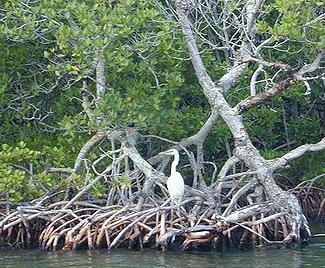

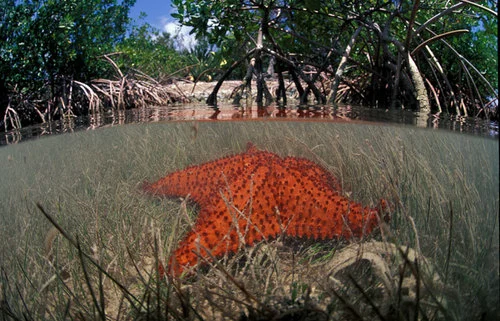

 You might also like some Lysimachia
You might also like some Lysimachia  in there as a carpeting plant.
in there as a carpeting plant.




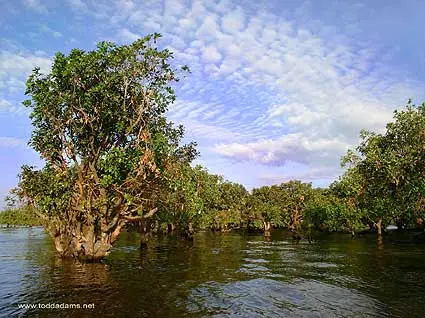












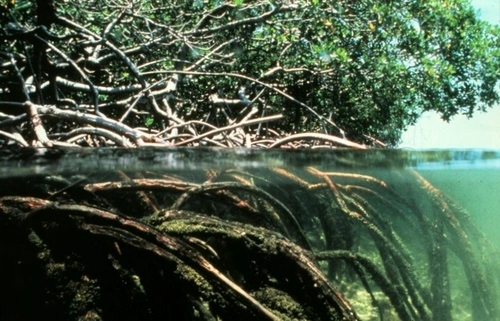
















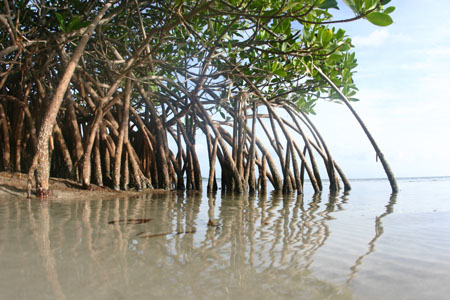





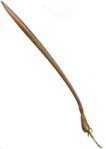

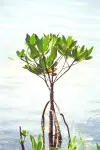
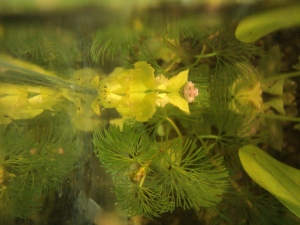
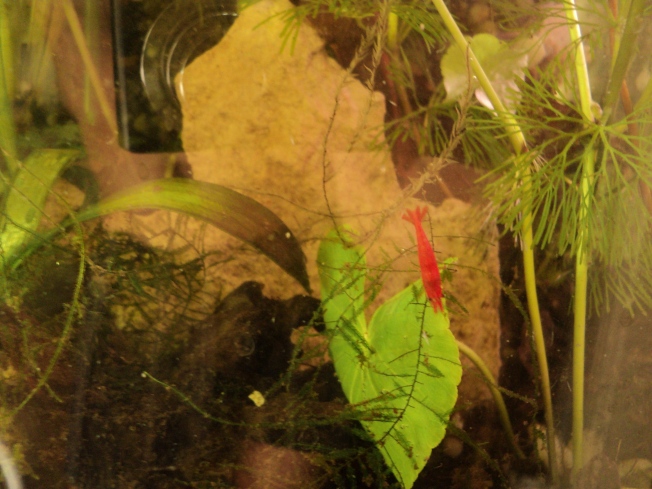
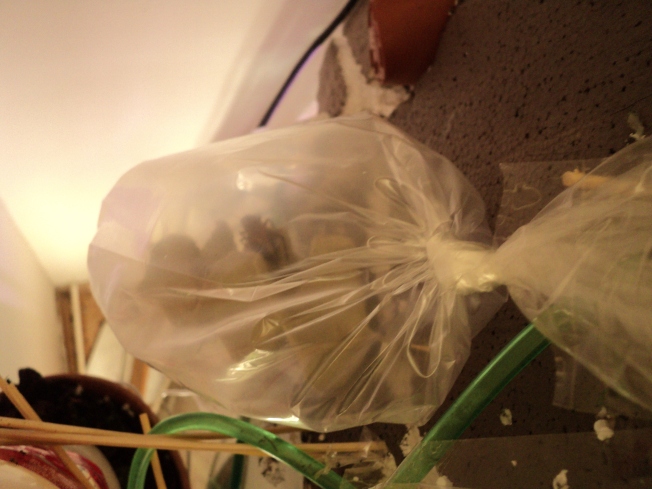
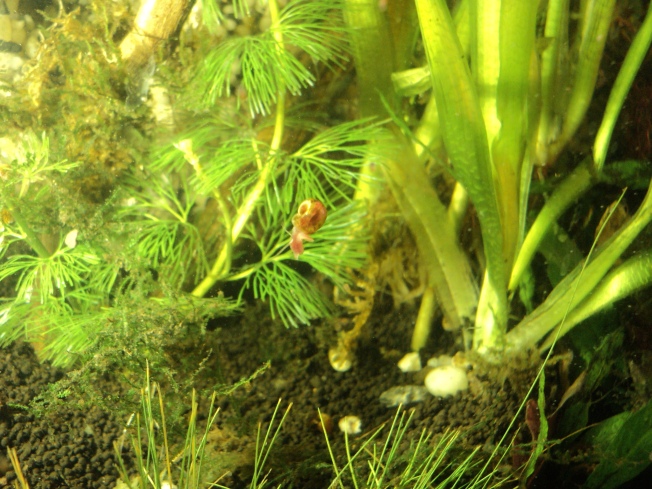
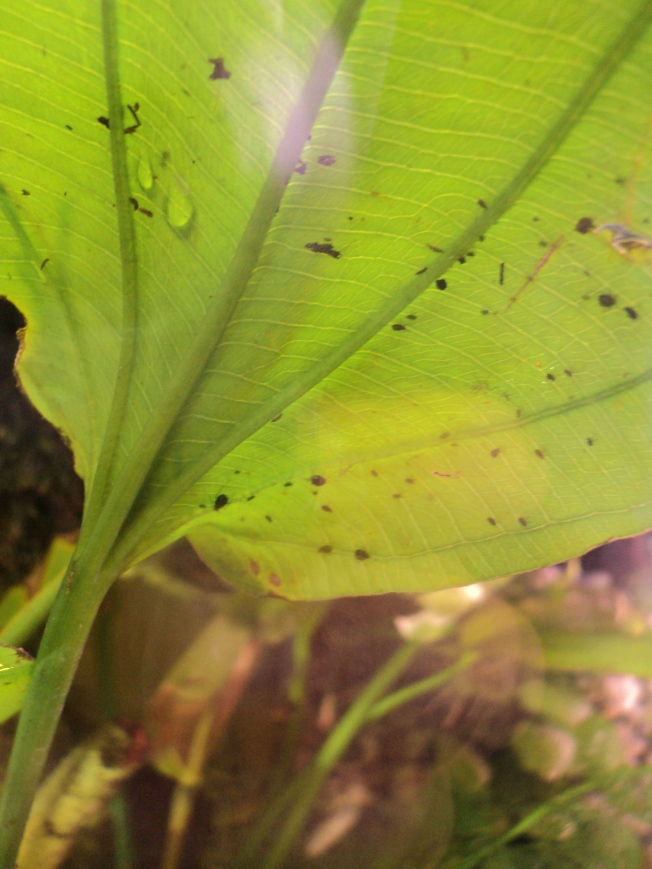
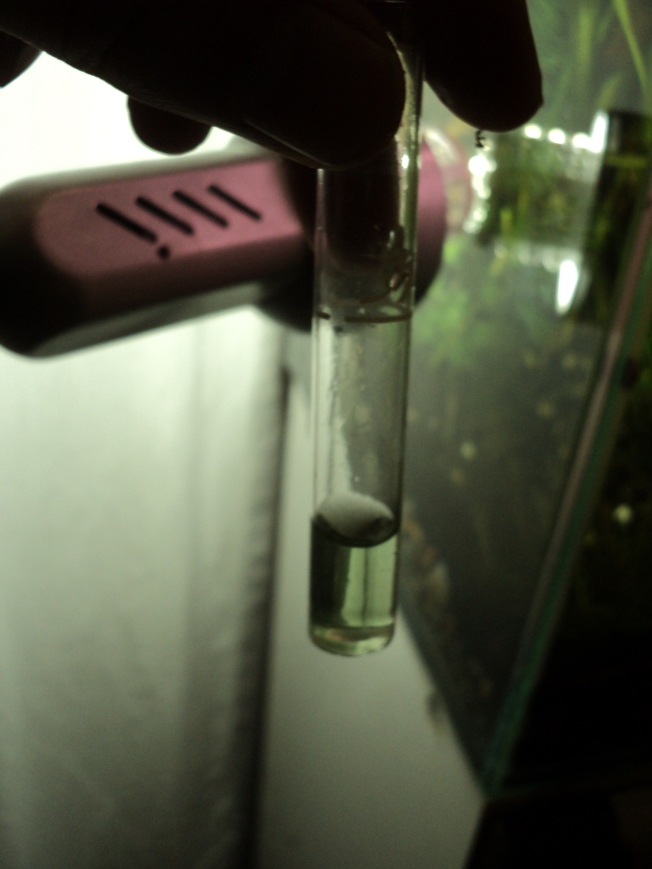
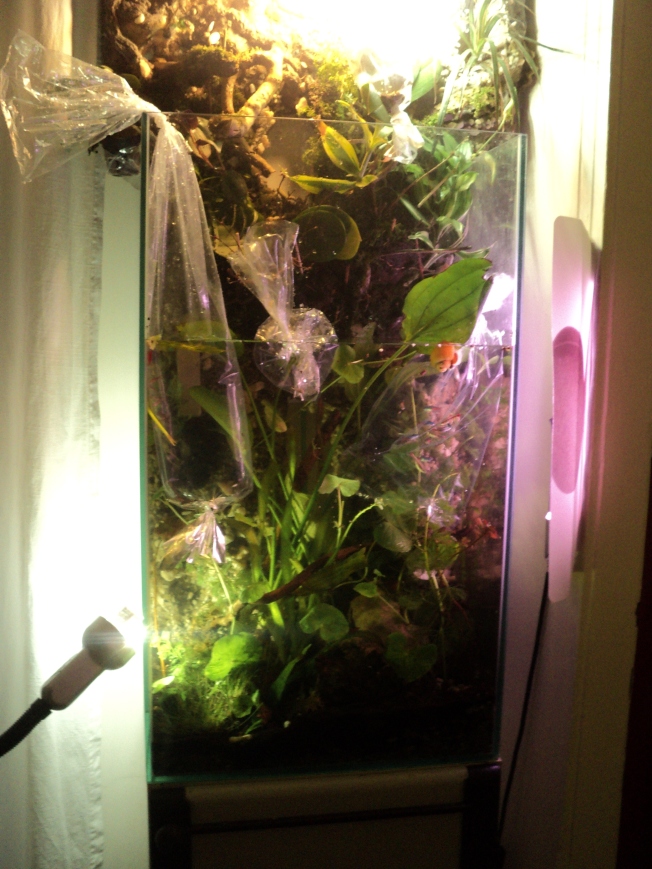
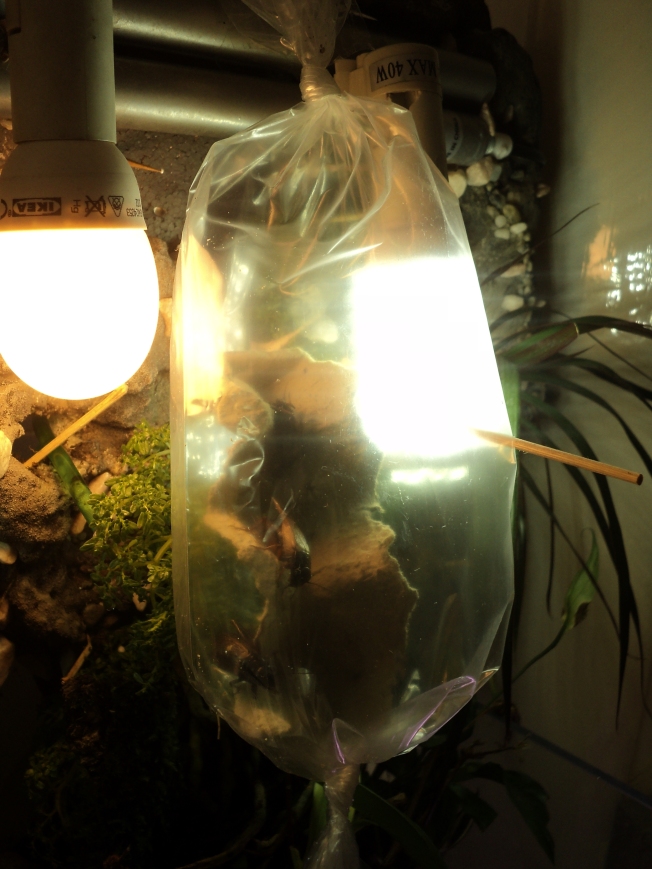
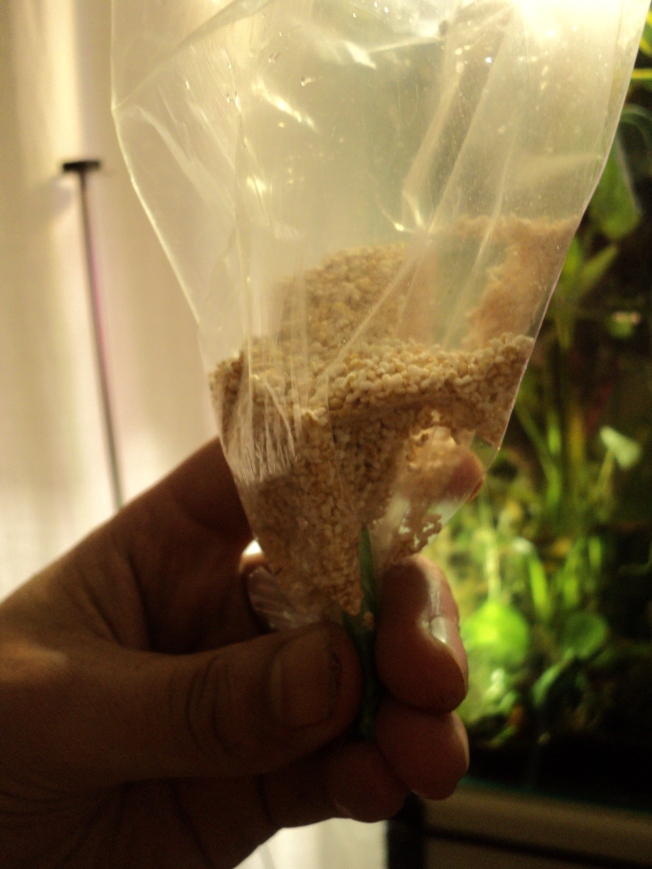
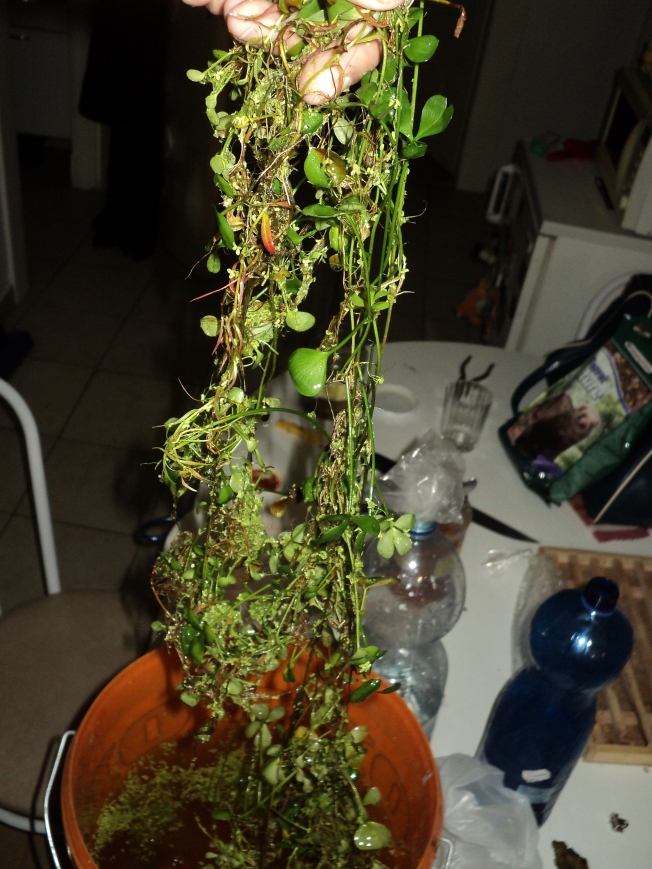
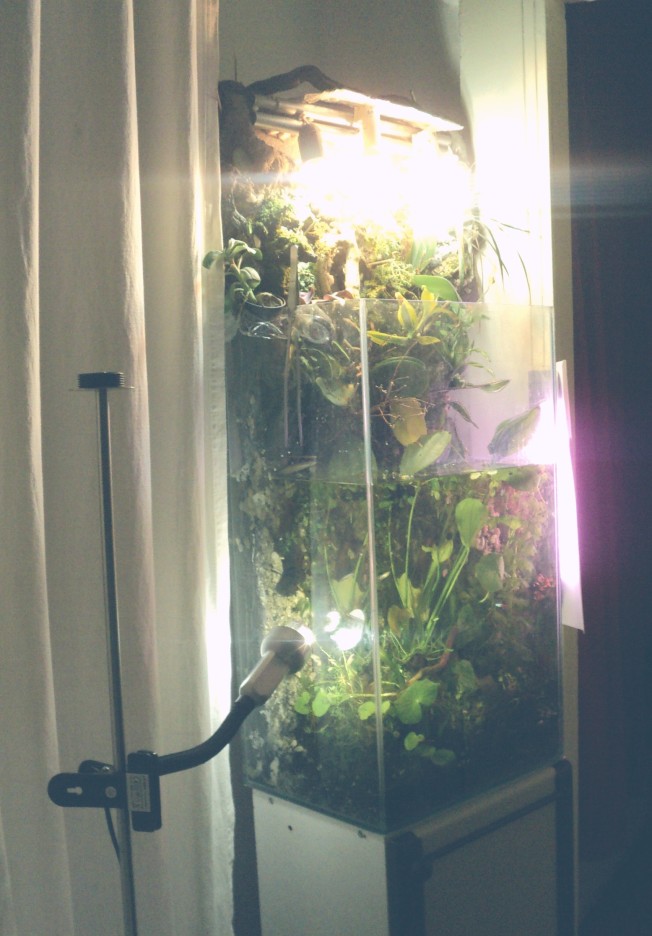

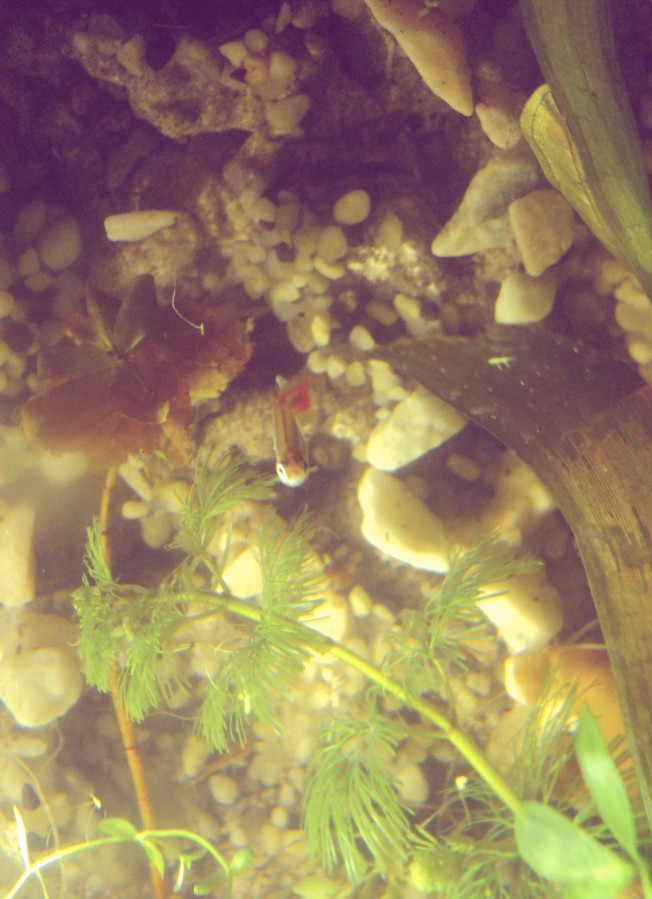














 They have no planktonic larval stage. They spend their first few days of life hiding among plants, where they are almost invisible, nibbling on the biofilm on the plants. They then emerge and graze on algae on tank surfaces and ornaments.
They have no planktonic larval stage. They spend their first few days of life hiding among plants, where they are almost invisible, nibbling on the biofilm on the plants. They then emerge and graze on algae on tank surfaces and ornaments.







 Feeding is best done once a day. Only feed an amount of food that the shrimp can finish within 2-3 hours maximum. It is not good to feed in excess and have food sitting for too long. Overfeeding is a known cause of death and can also cause water quality issues. Remember that shrimp are scavengers in the wild. They will eat whatever they find and are not used to a constant food source 24/7. Not feeding for one or two days is fine and will not harm this species at all. Sometimes I will not feed for a couple of days in order to let the shrimp cleanse their systems and keep the water clean at the same time.
Feeding is best done once a day. Only feed an amount of food that the shrimp can finish within 2-3 hours maximum. It is not good to feed in excess and have food sitting for too long. Overfeeding is a known cause of death and can also cause water quality issues. Remember that shrimp are scavengers in the wild. They will eat whatever they find and are not used to a constant food source 24/7. Not feeding for one or two days is fine and will not harm this species at all. Sometimes I will not feed for a couple of days in order to let the shrimp cleanse their systems and keep the water clean at the same time. For best results, breeding should take place in isolation. Small, non-aggressive fish such as the
For best results, breeding should take place in isolation. Small, non-aggressive fish such as the 
 African Filter Shrimp
African Filter Shrimp Amano Shrimp
Amano Shrimp Bamboo Shrimp
Bamboo Shrimp Bee ShrimpPH 7+
Bee ShrimpPH 7+ Black Tiger ShrimpPH 7+
Black Tiger ShrimpPH 7+ Blue Bee Shrimp
Blue Bee Shrimp Blue Pearl ShrimpPH 7+
Blue Pearl ShrimpPH 7+ Blue Tiger Shrimp
Blue Tiger Shrimp Brown Camo ShrimpPH 7+
Brown Camo ShrimpPH 7+ Cardinal Shrimp
Cardinal Shrimp Crystal Red Shrimp
Crystal Red Shrimp Dark Green Shrimp
Dark Green Shrimp Ghost – Glass – Grass Shrimp
Ghost – Glass – Grass Shrimp Golden Bee Shrimp
Golden Bee Shrimp Harlequin Shrimp
Harlequin Shrimp Malaya Shrimp
Malaya Shrimp Neocaridina Heteropoda
Neocaridina Heteropoda Ninja Shrimp
Ninja Shrimp Orange Bee Shrimp
Orange Bee Shrimp Orange Delight Shrimp
Orange Delight Shrimp Purple Zebra Shrimp
Purple Zebra Shrimp Red Cherry Shrimp
Red Cherry Shrimp Red Goldflake Shrimp
Red Goldflake Shrimp Red Tiger Shrimp
Red Tiger Shrimp Red Tupfel Shrimp
Red Tupfel Shrimp Snowball Shrimp
Snowball Shrimp Sulawesi Shrimp
Sulawesi Shrimp Tiger Shrimp
Tiger Shrimp
 White Bee Shrimp
White Bee Shrimp Yellow Shrimp
Yellow Shrimp